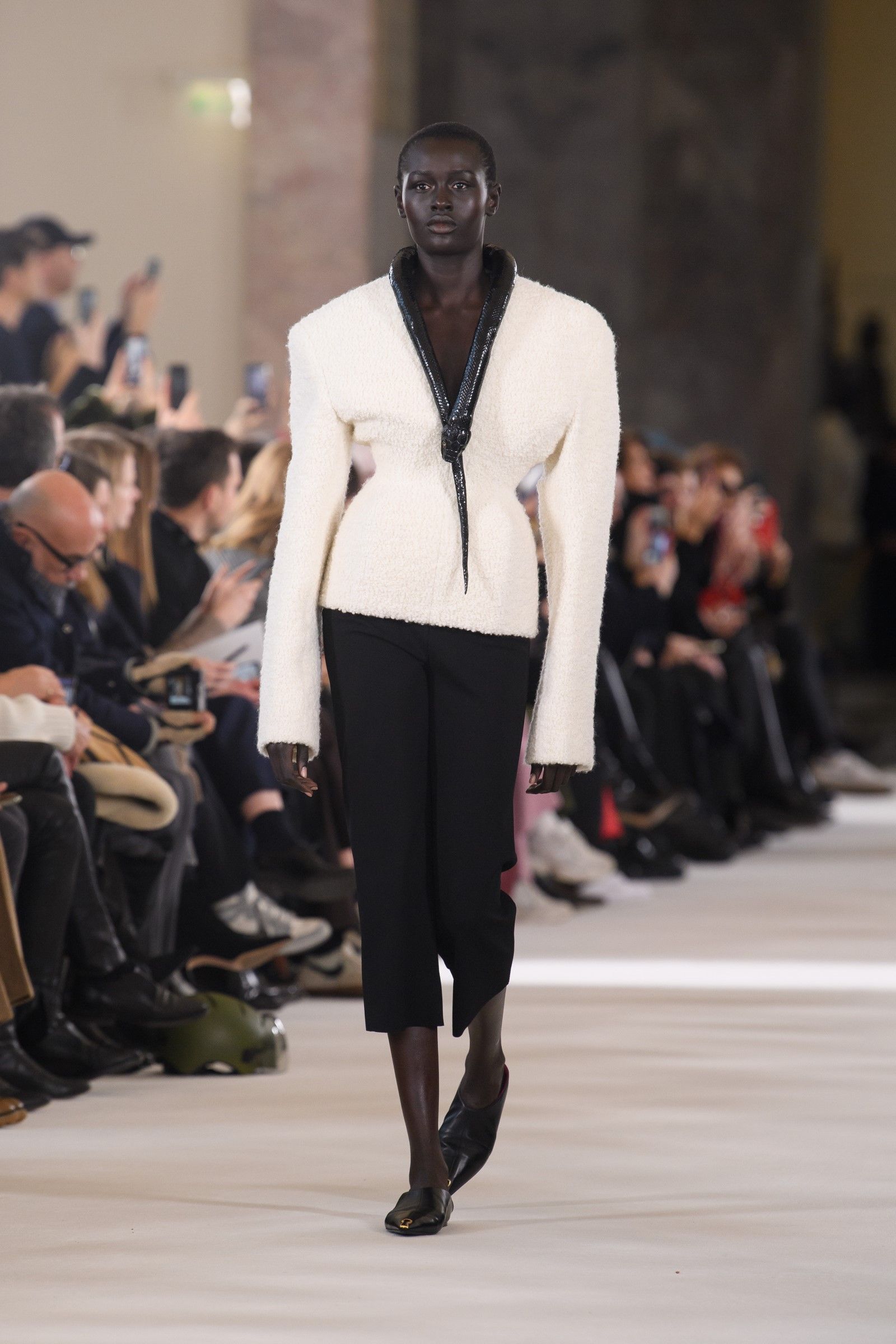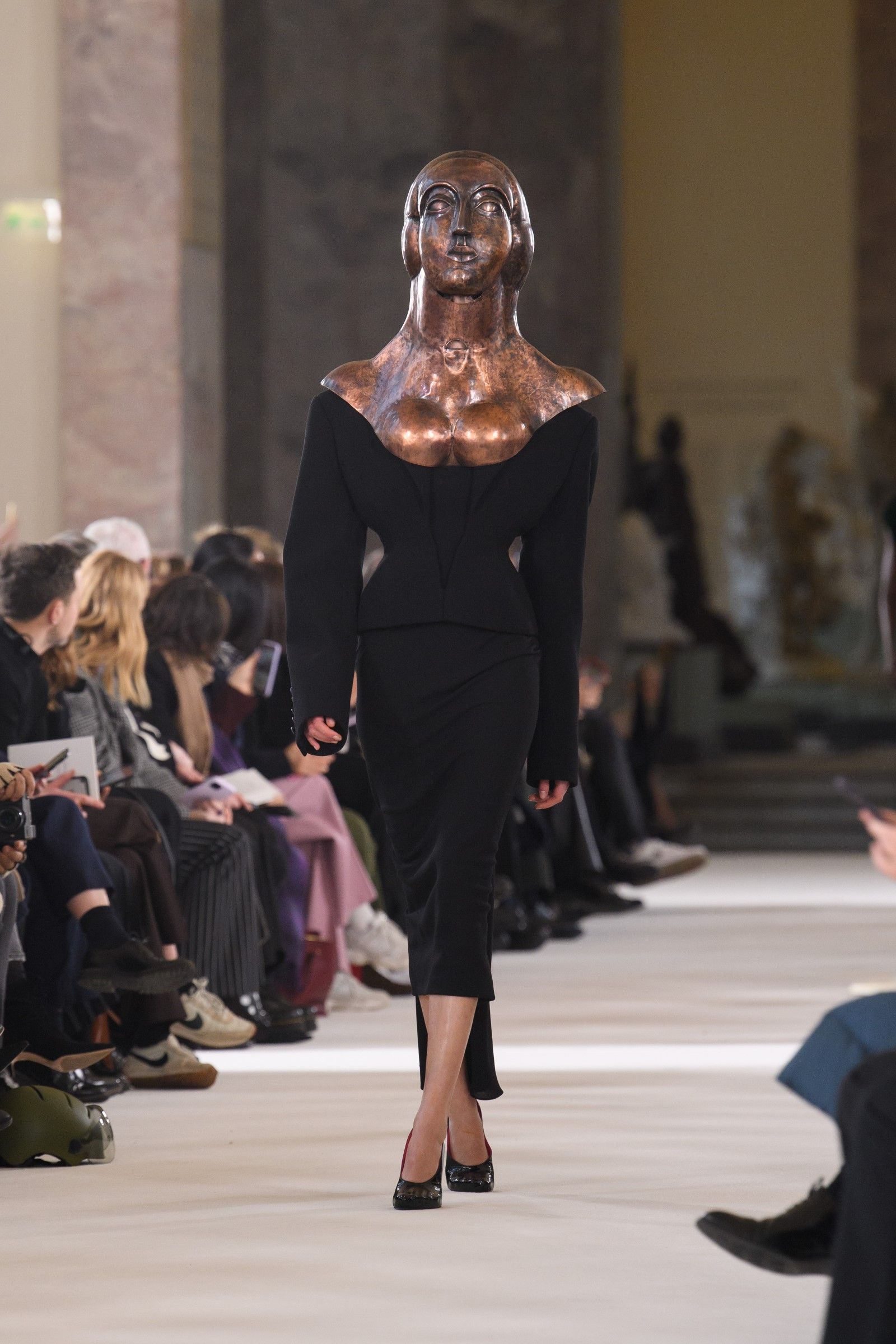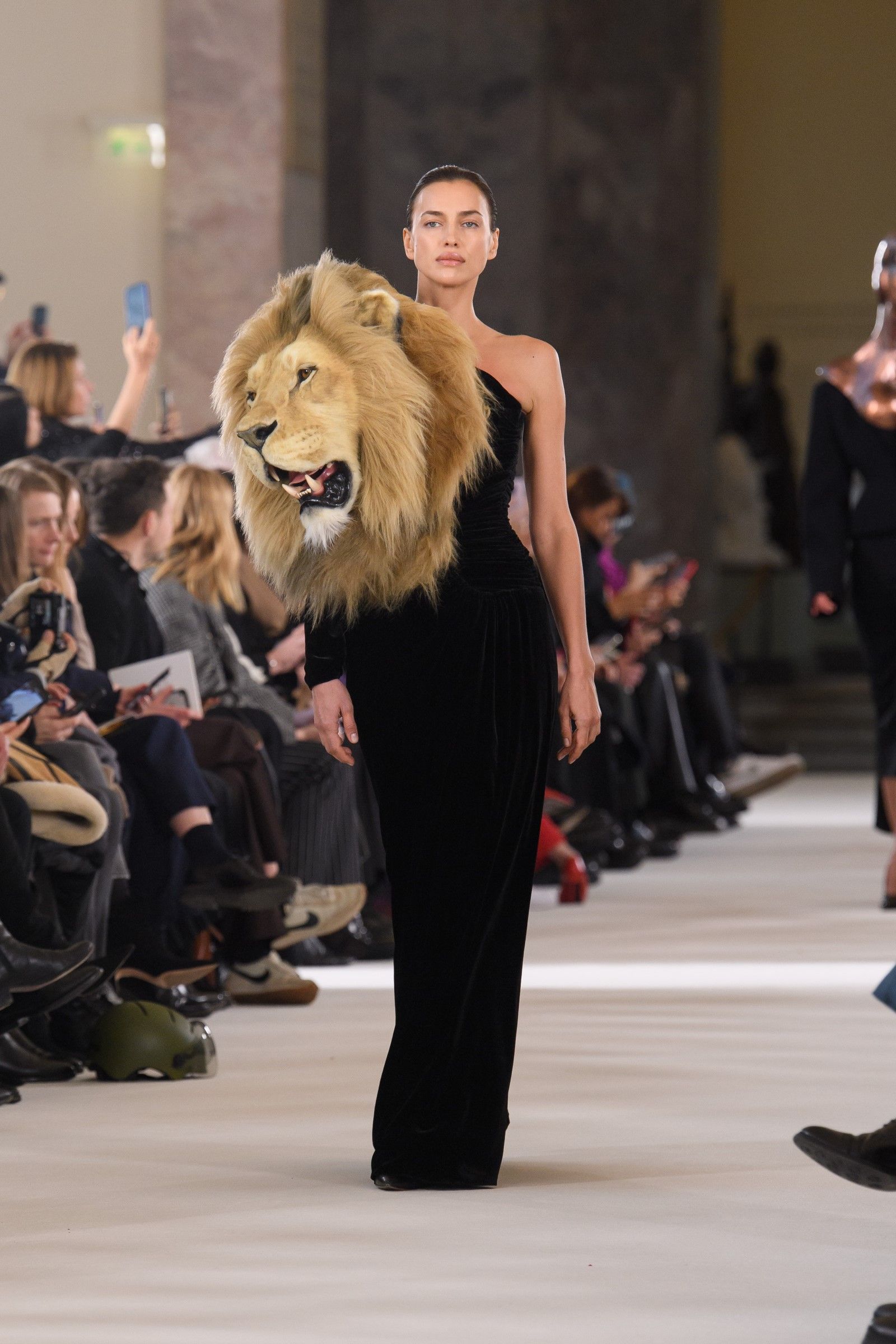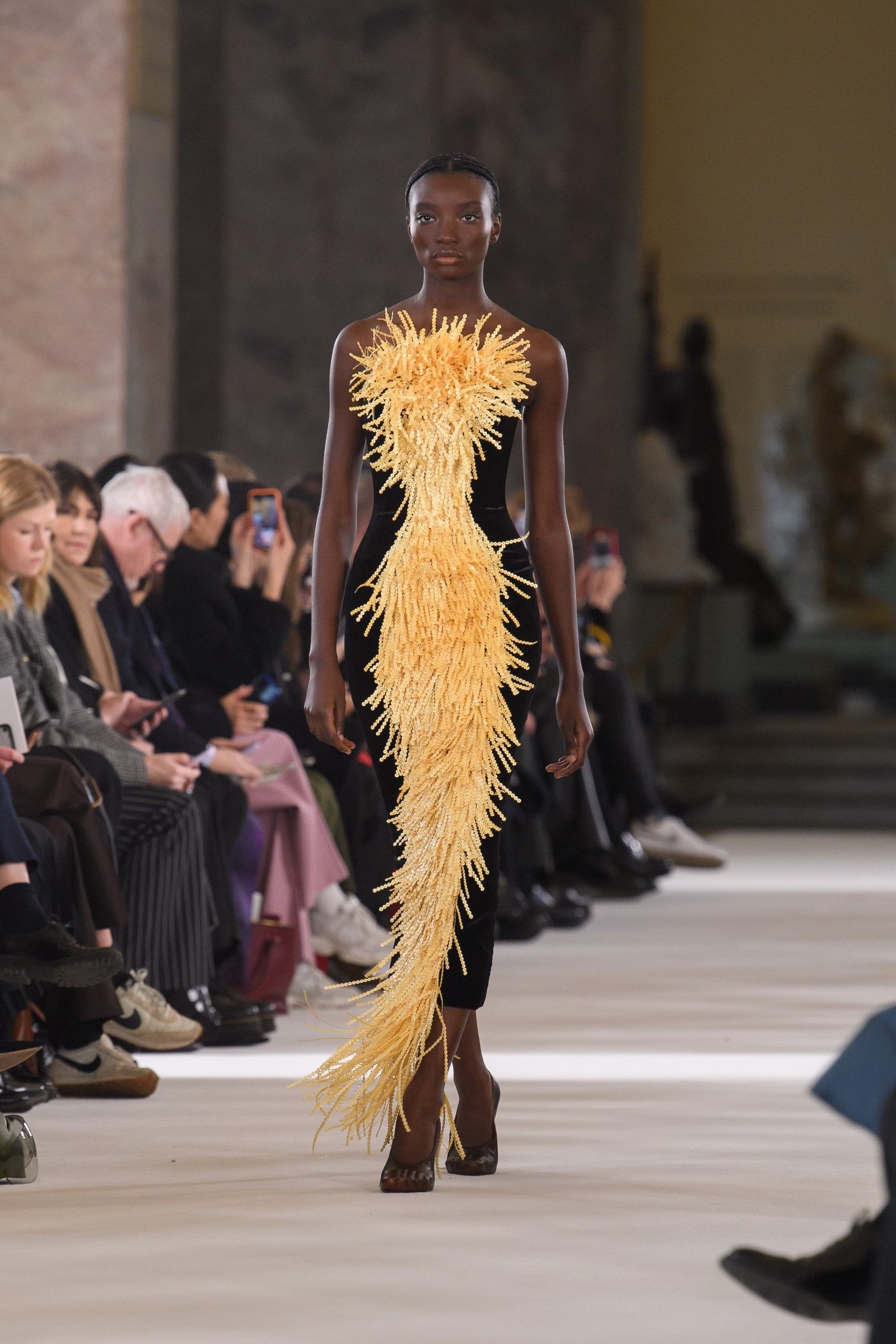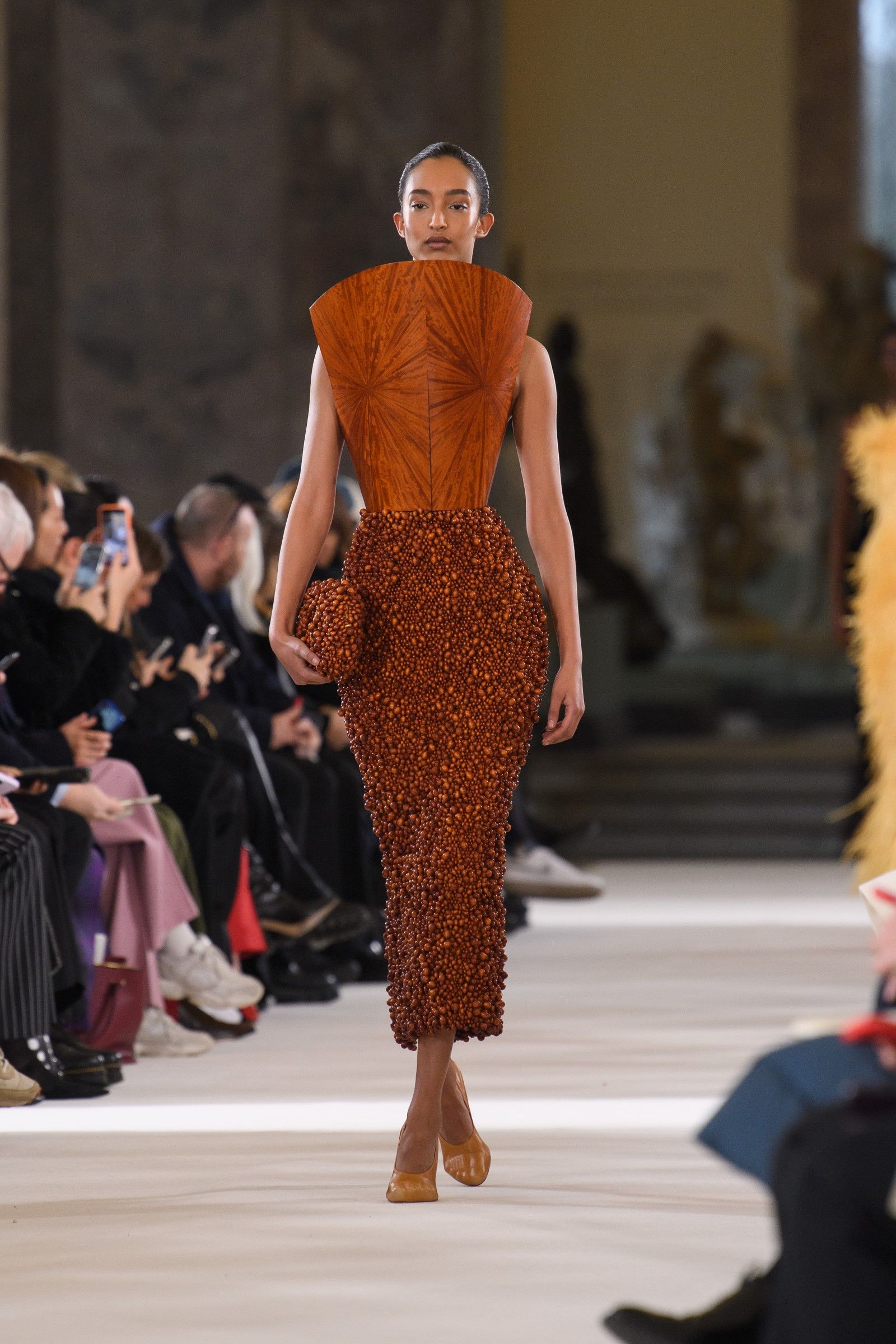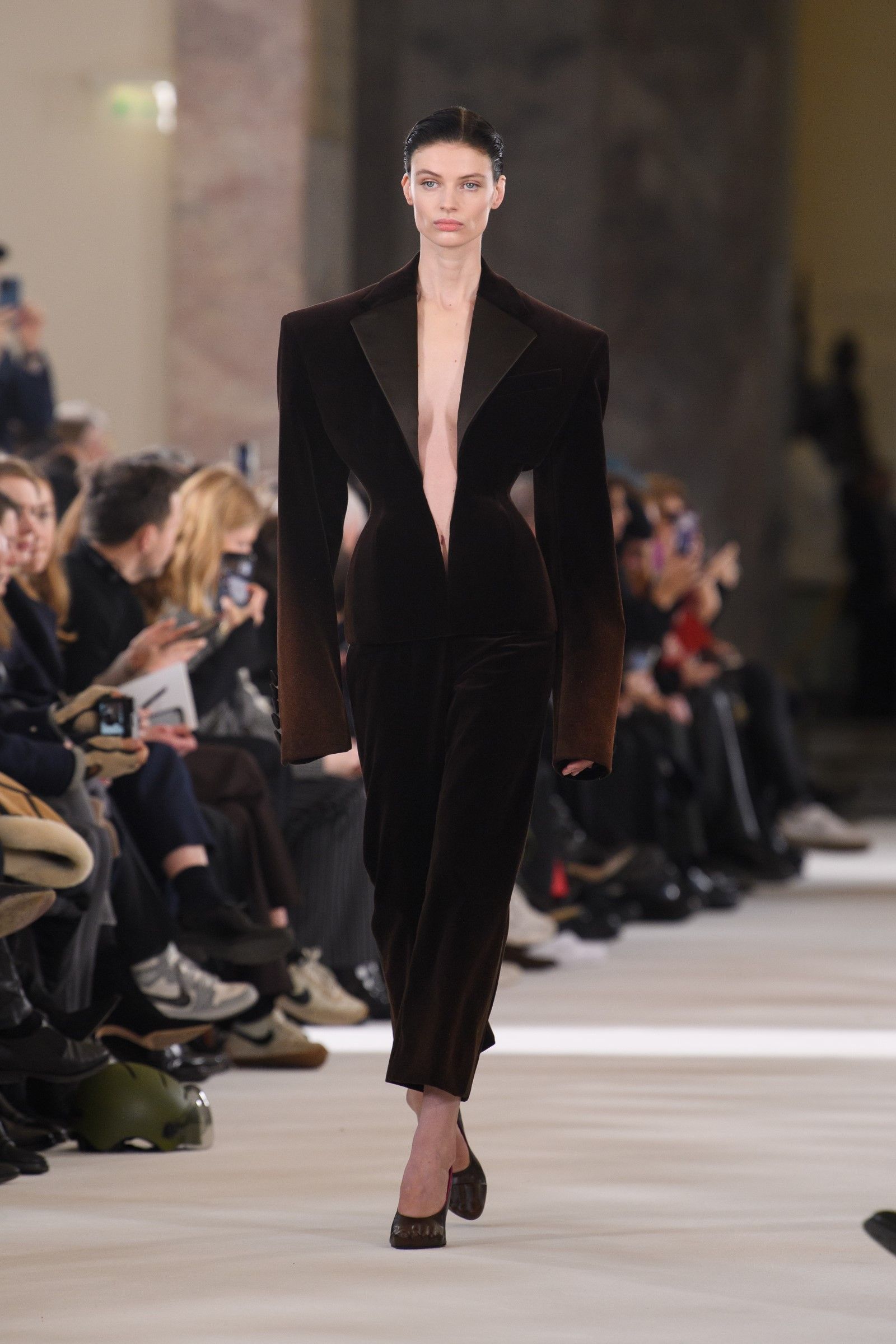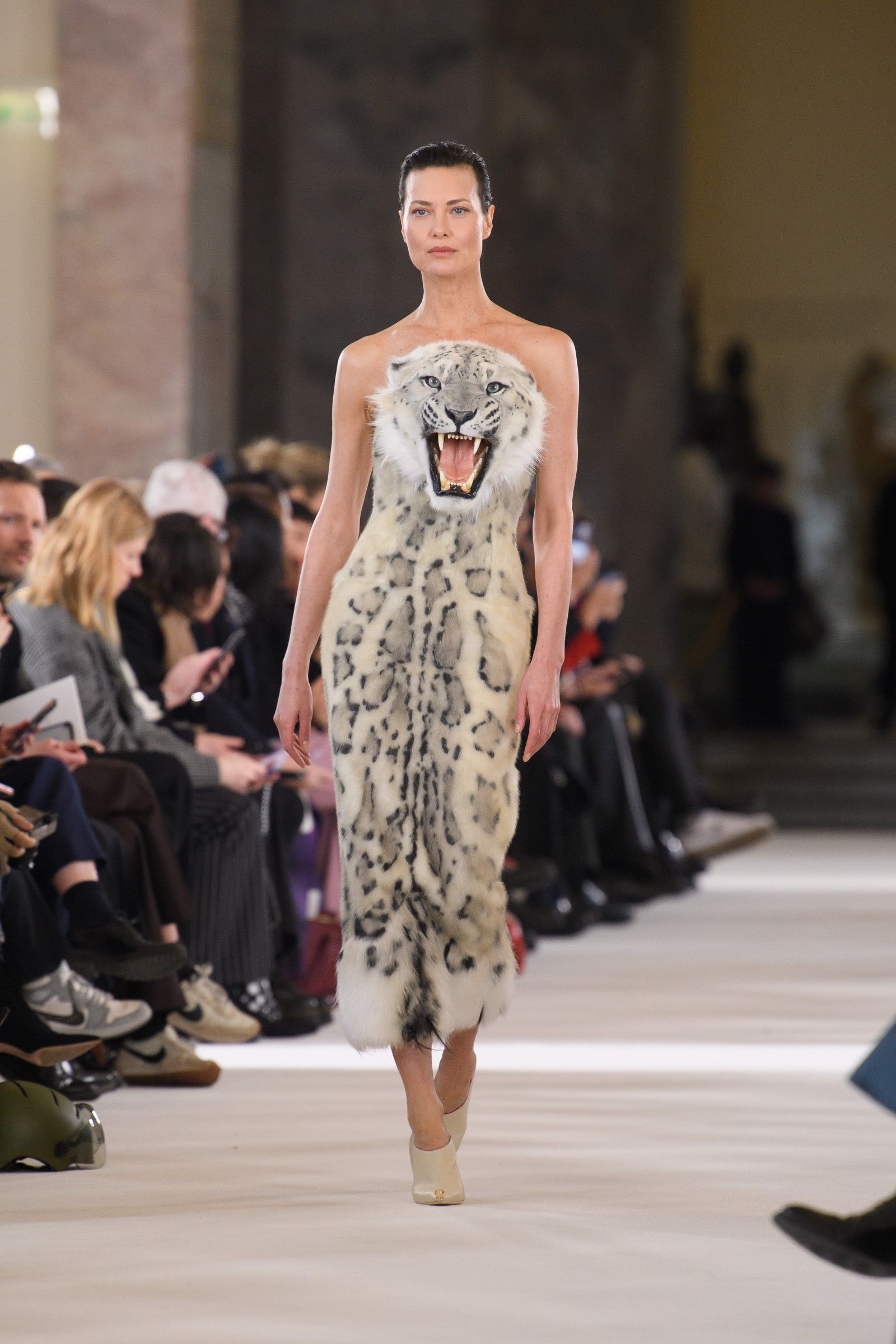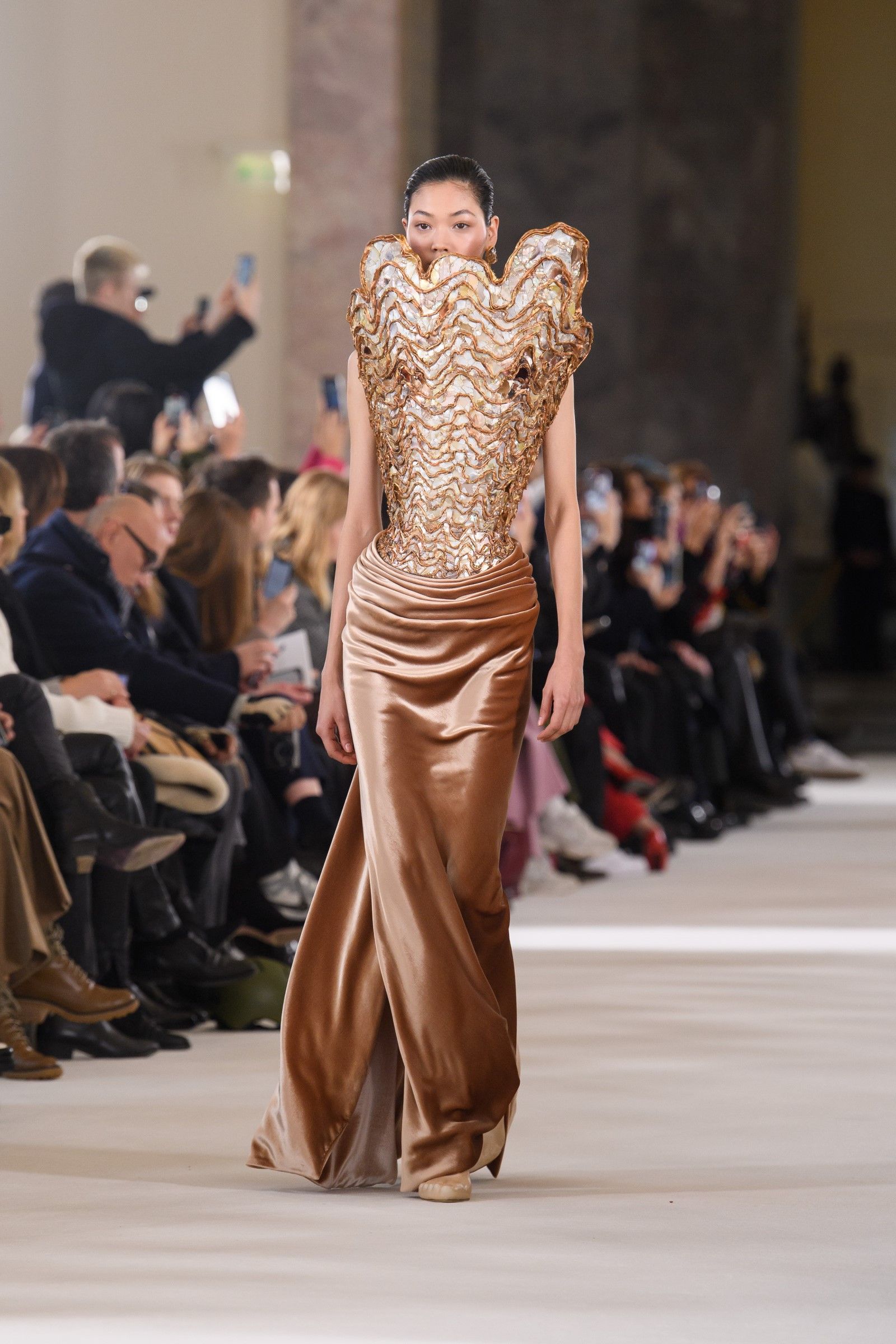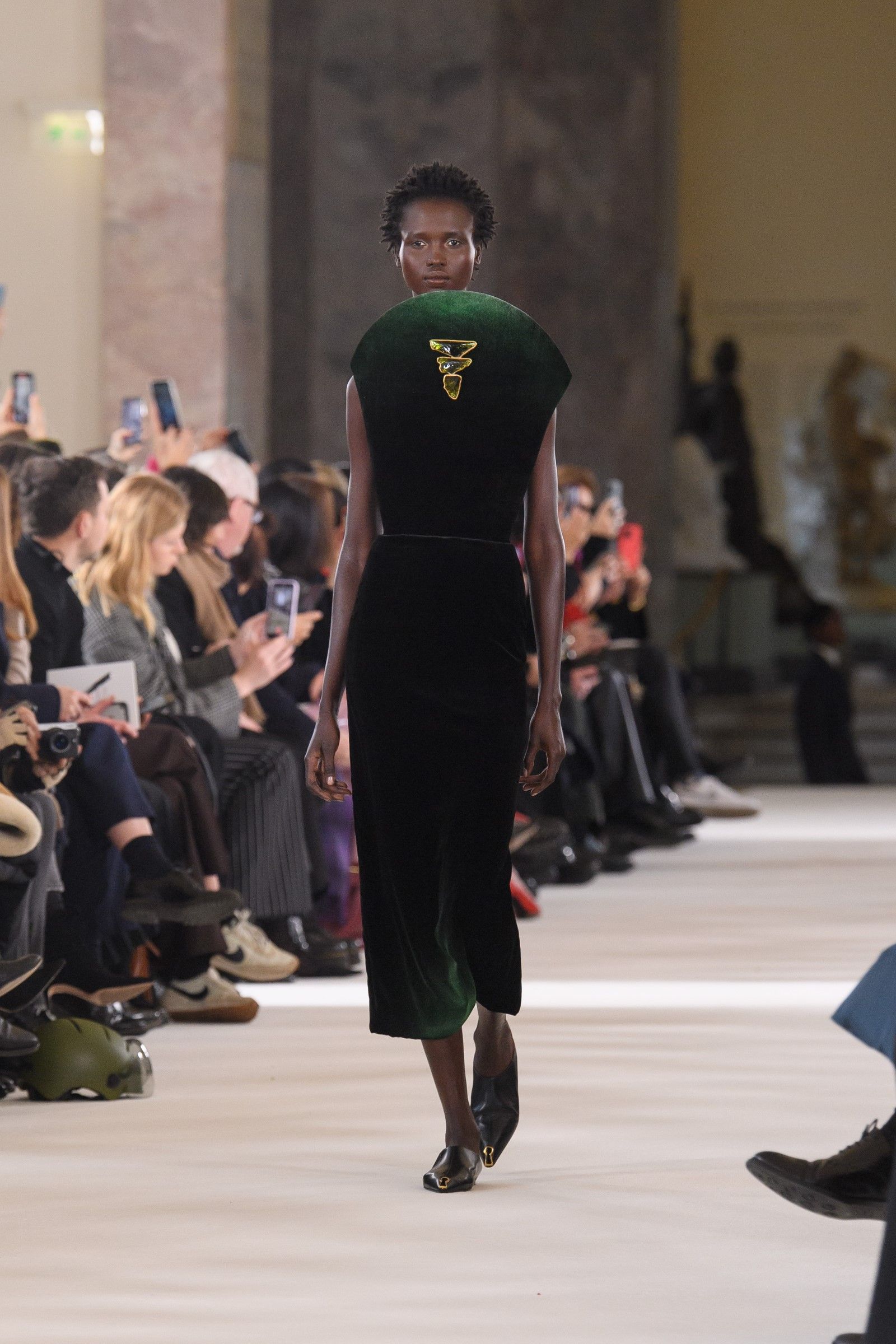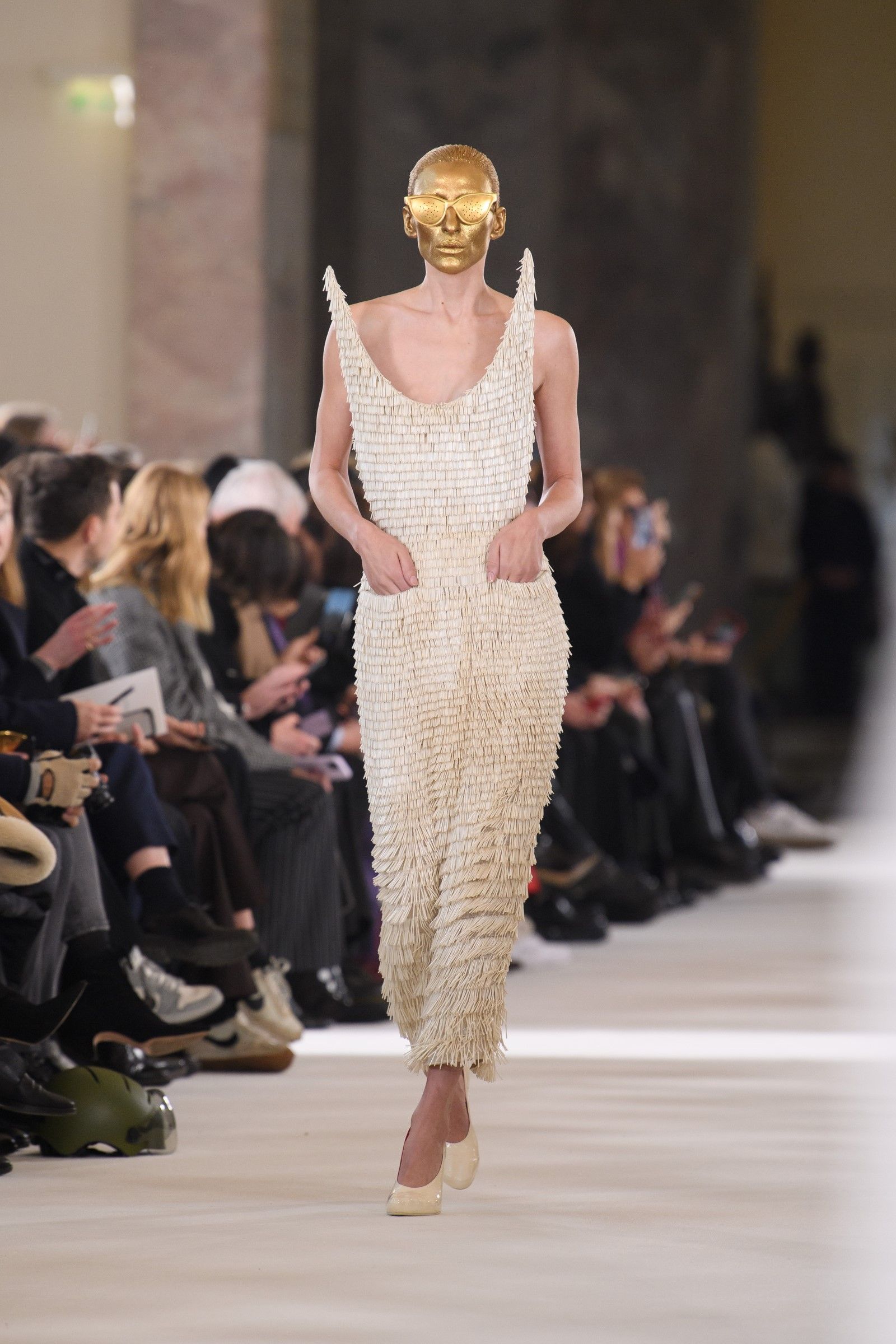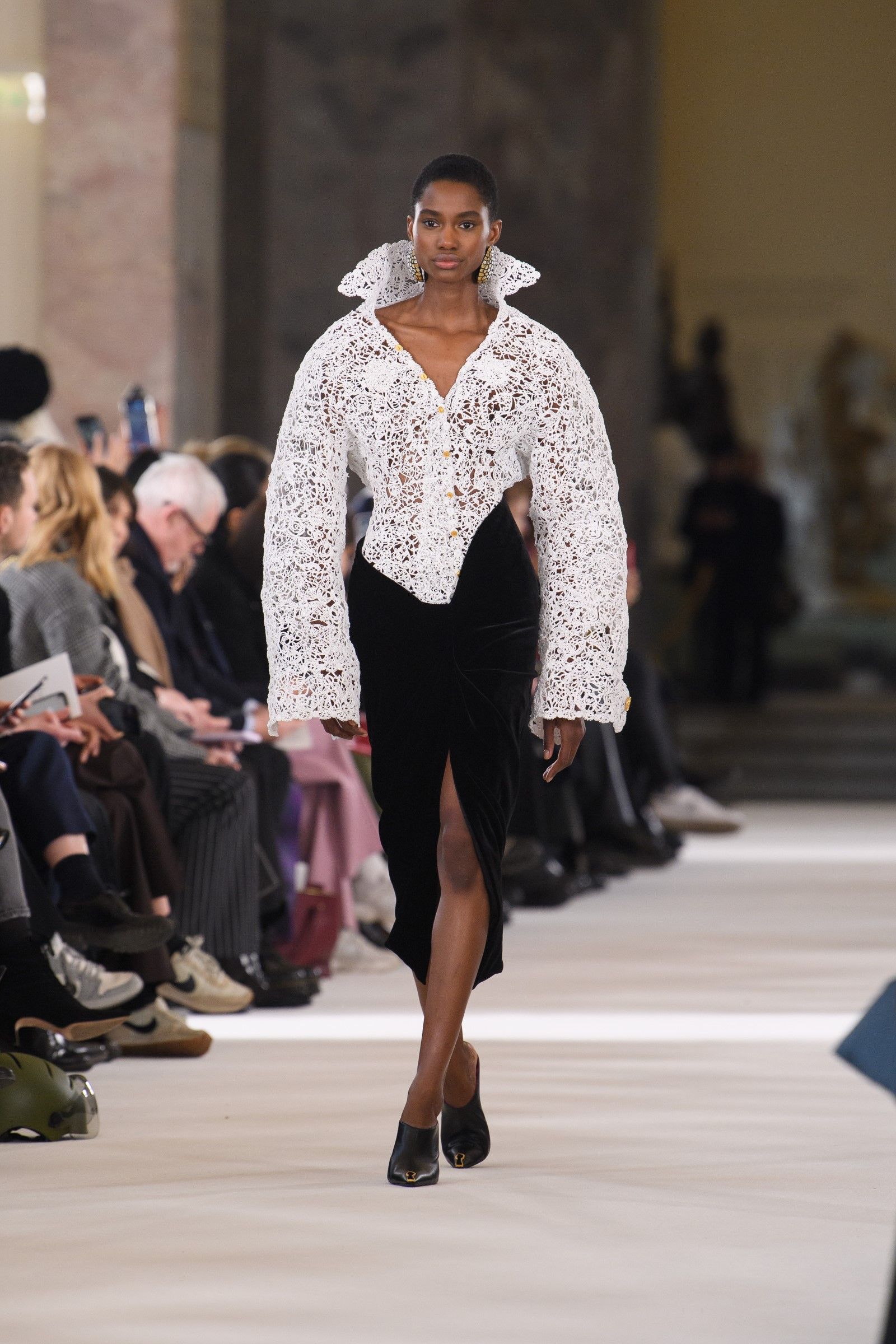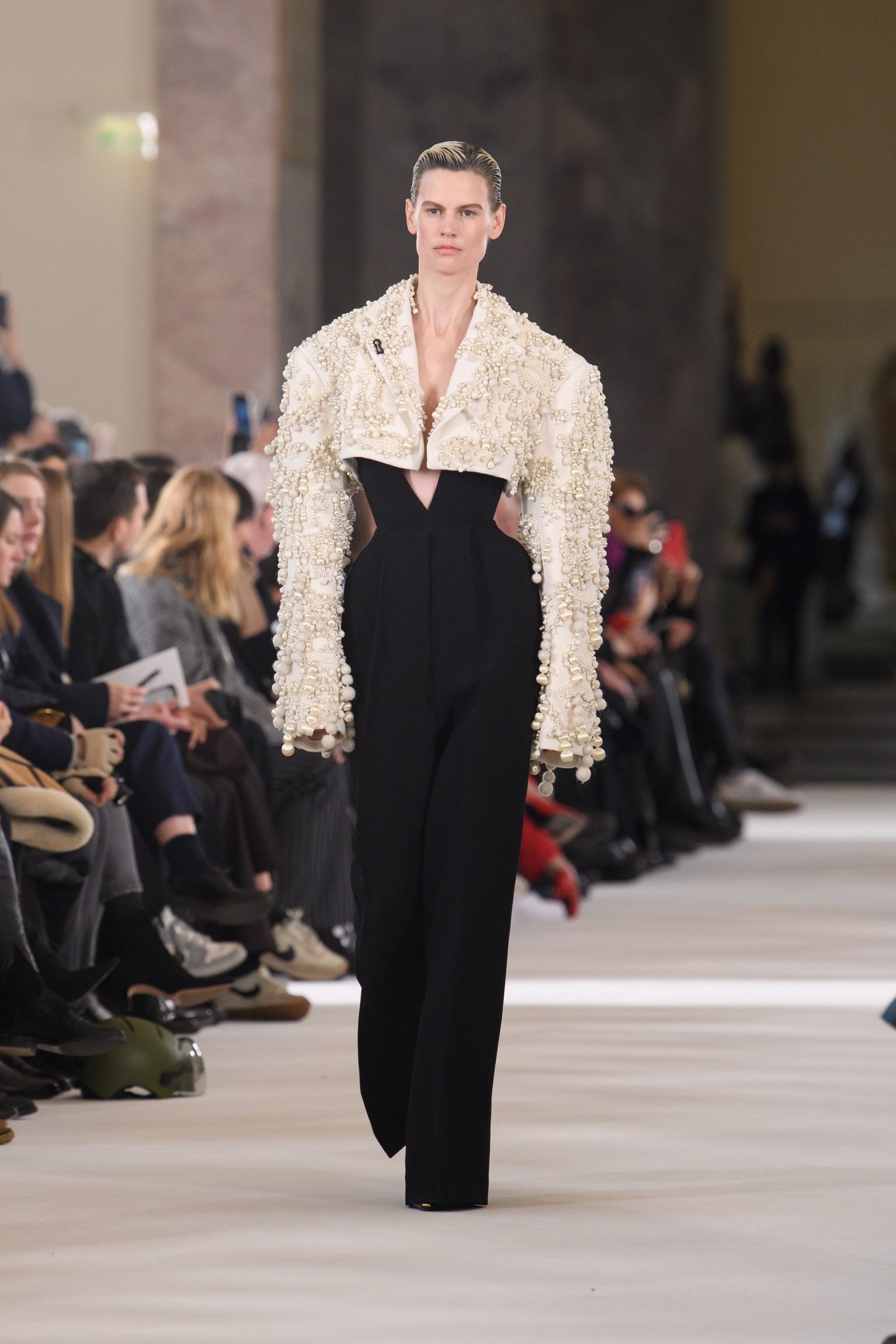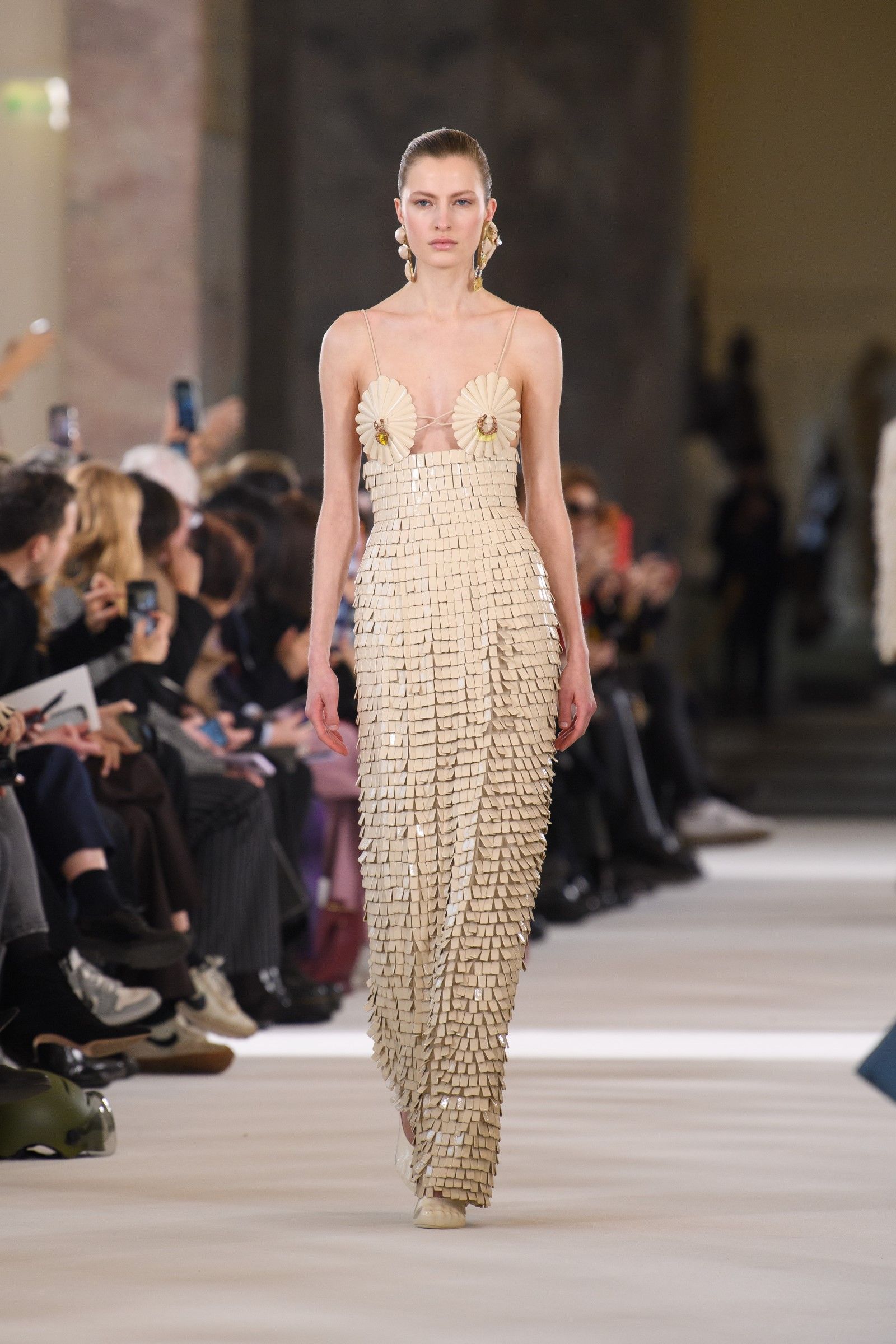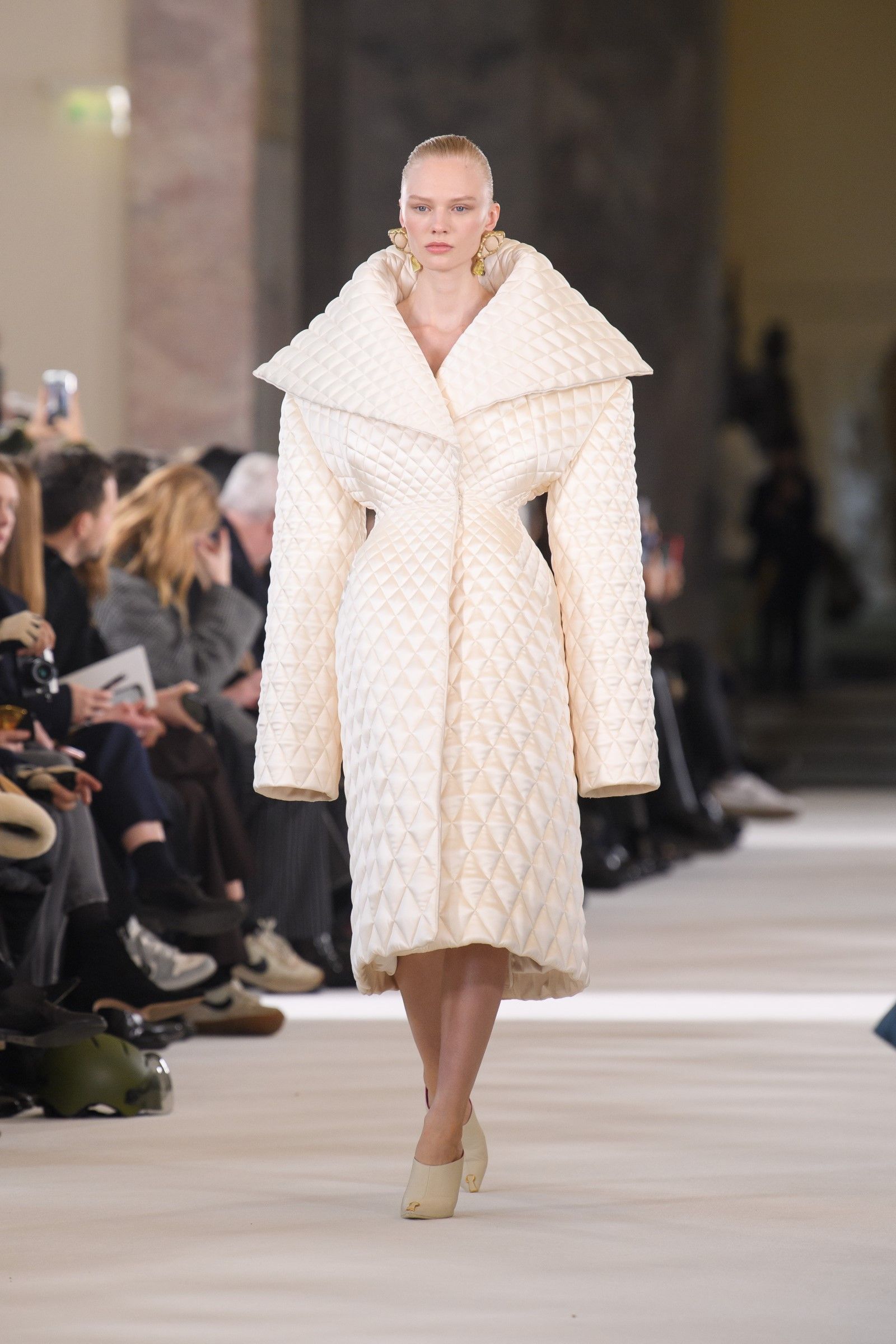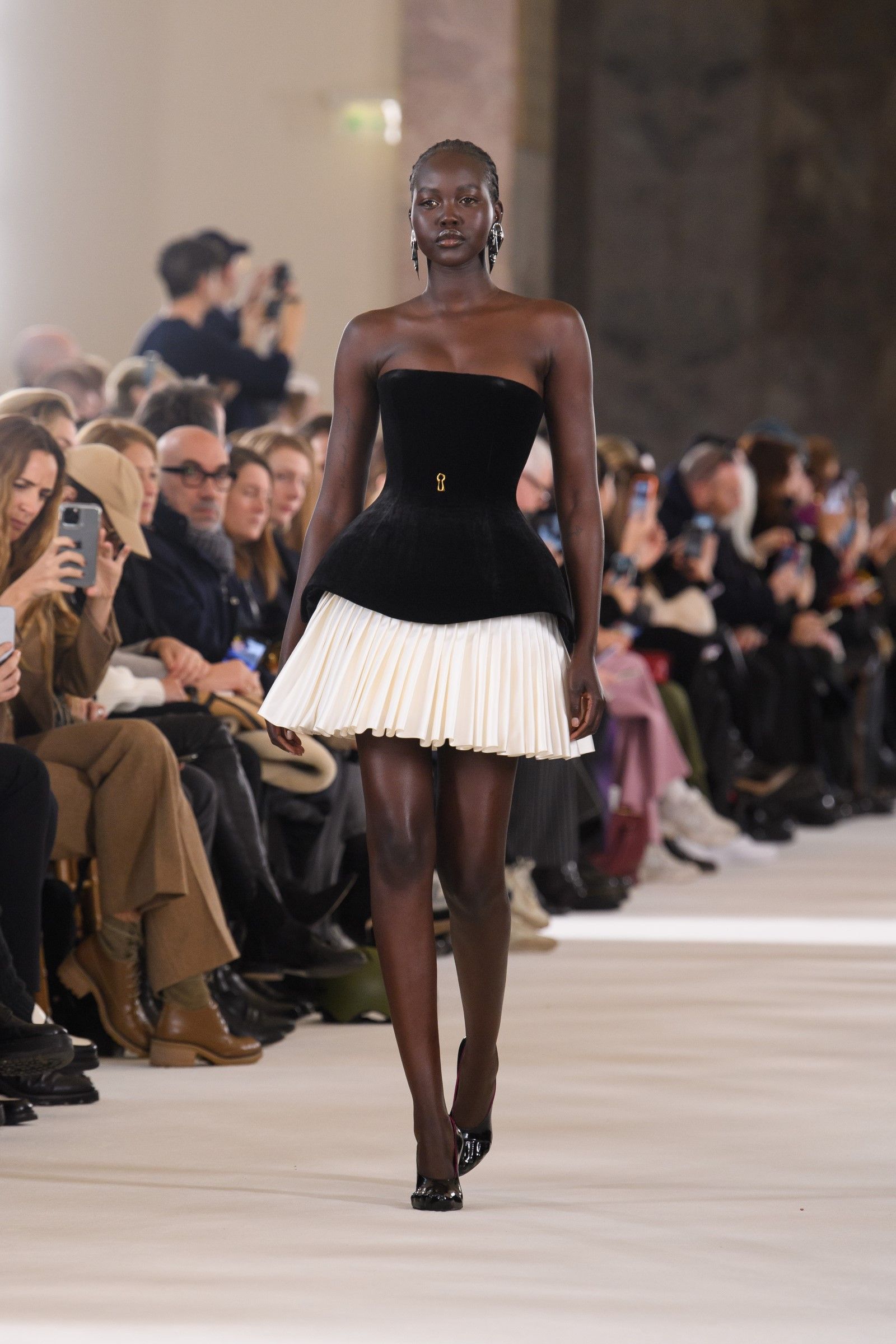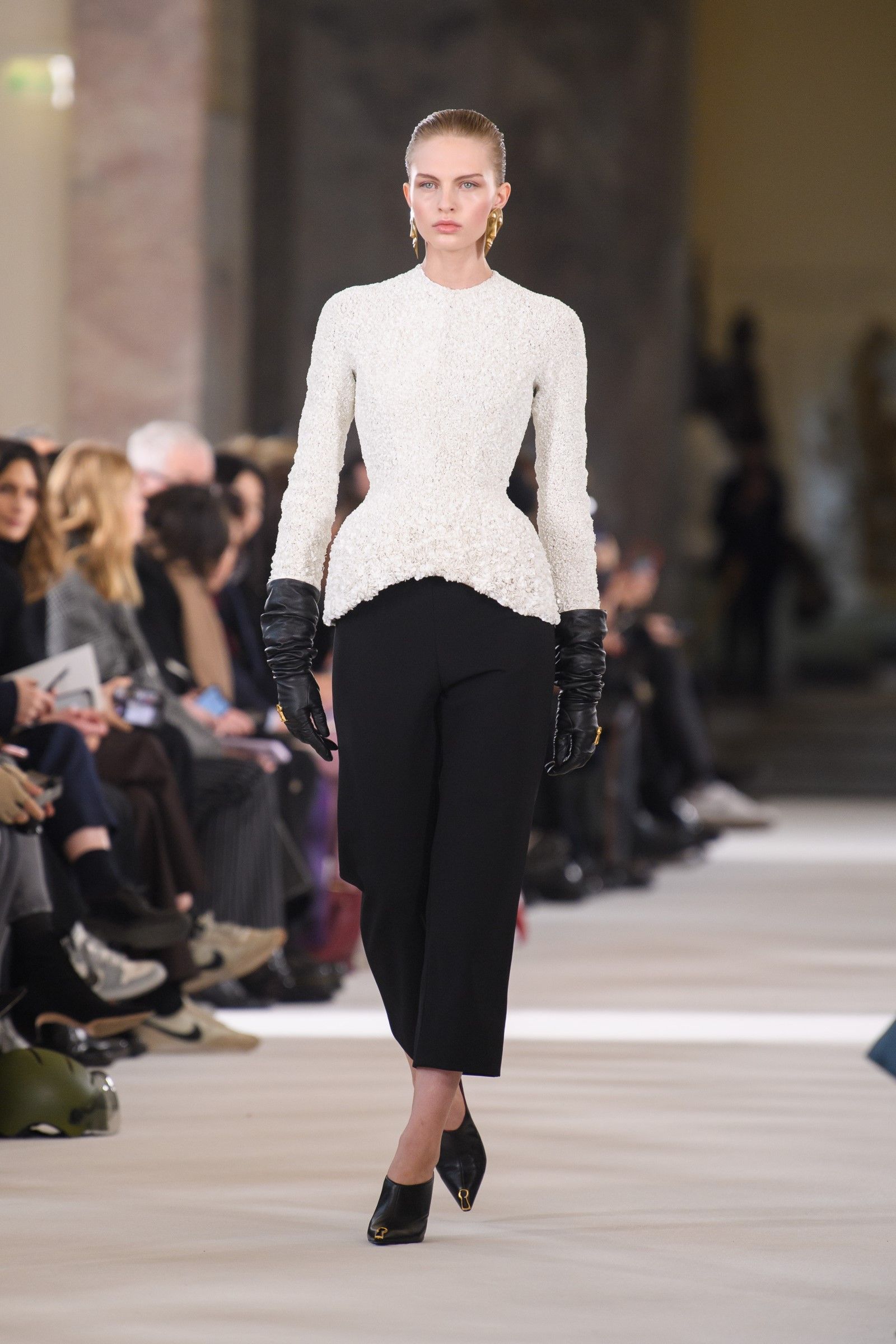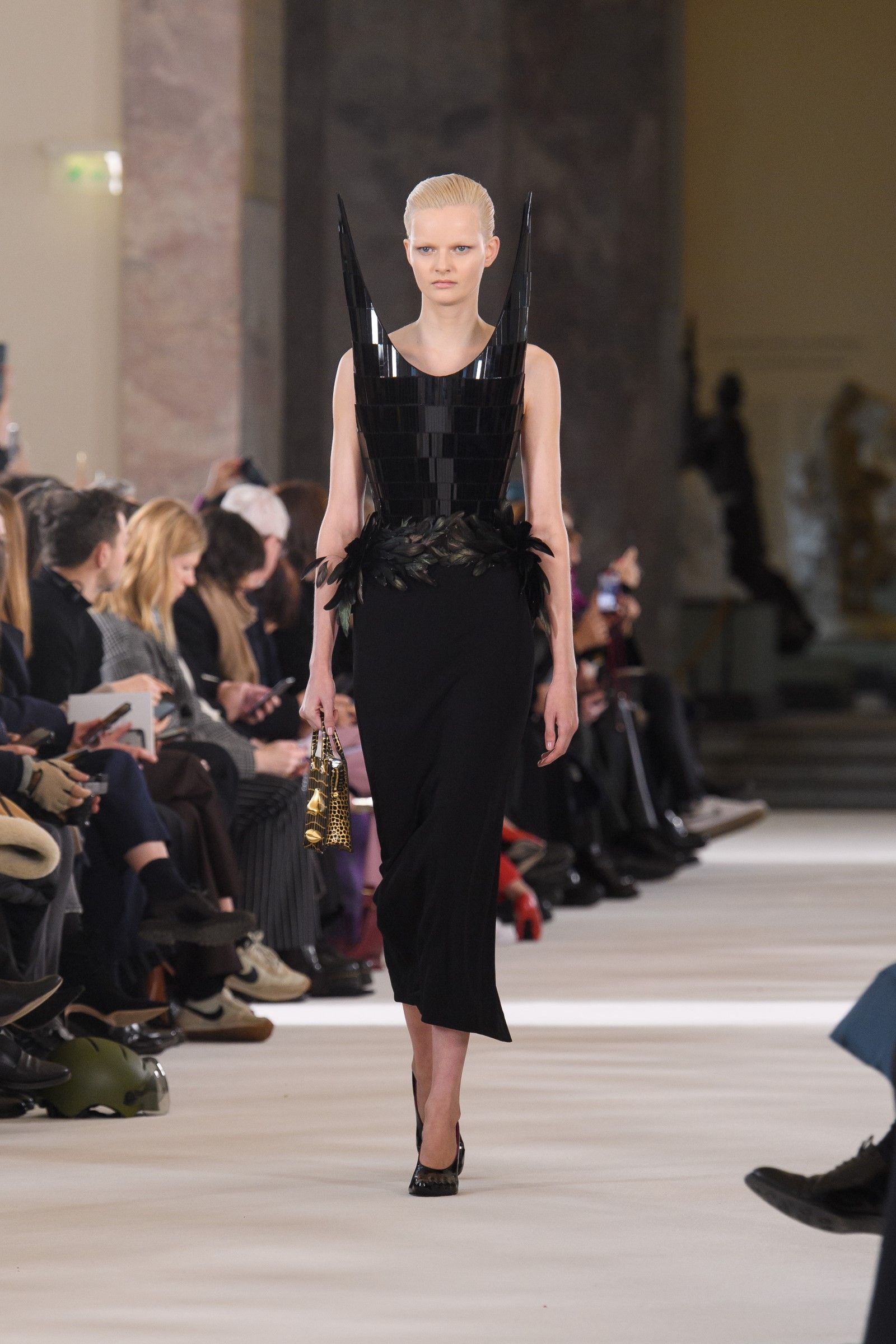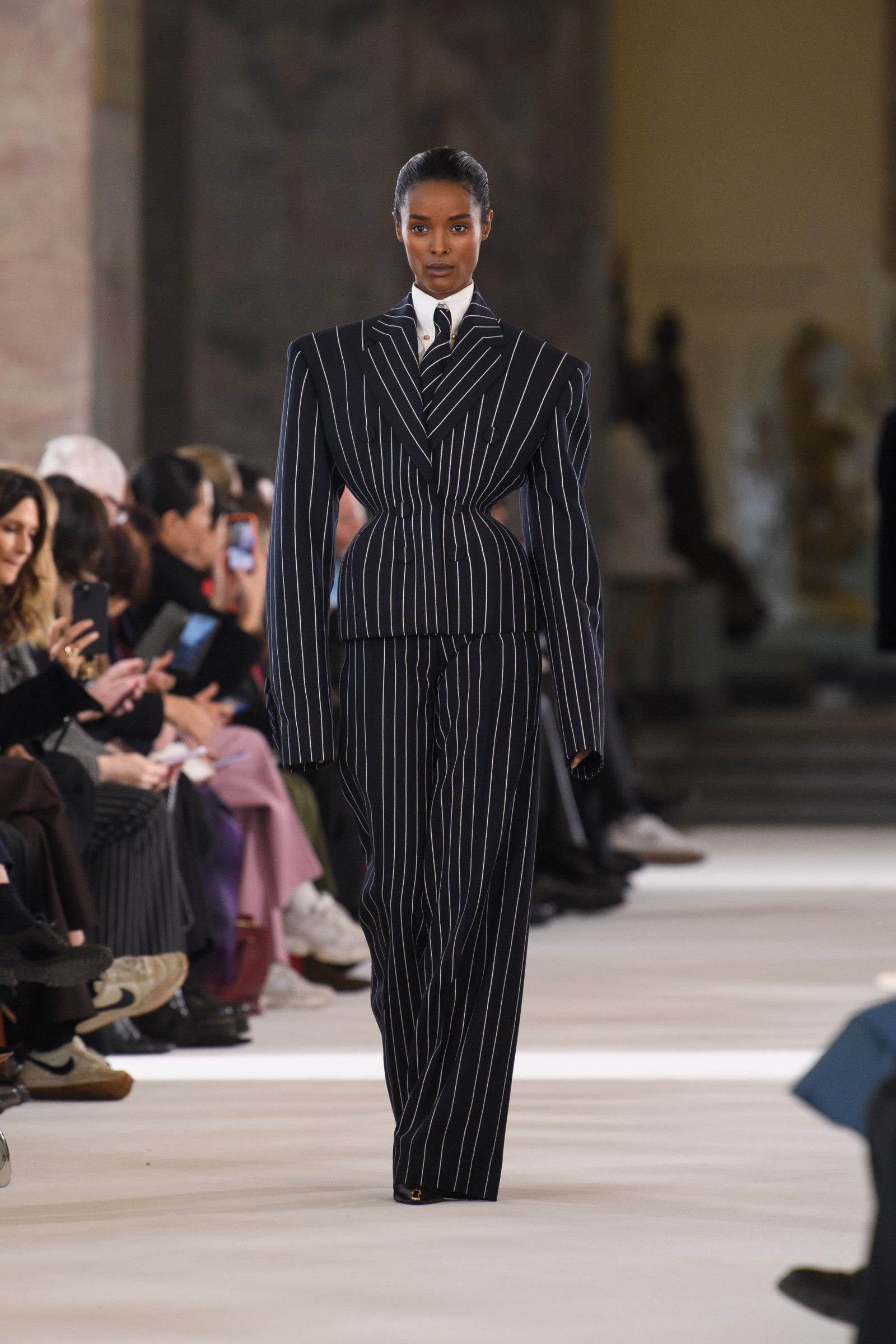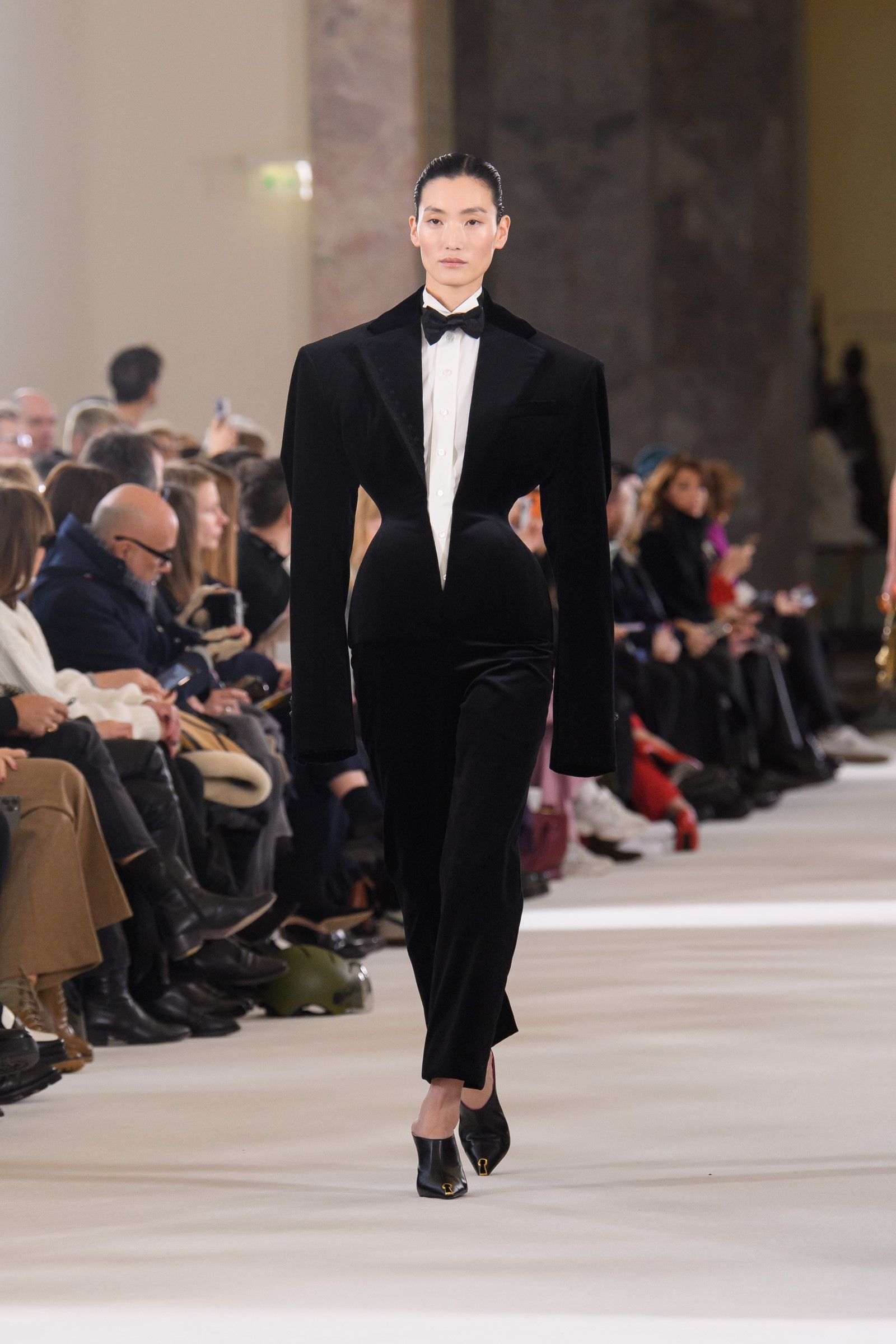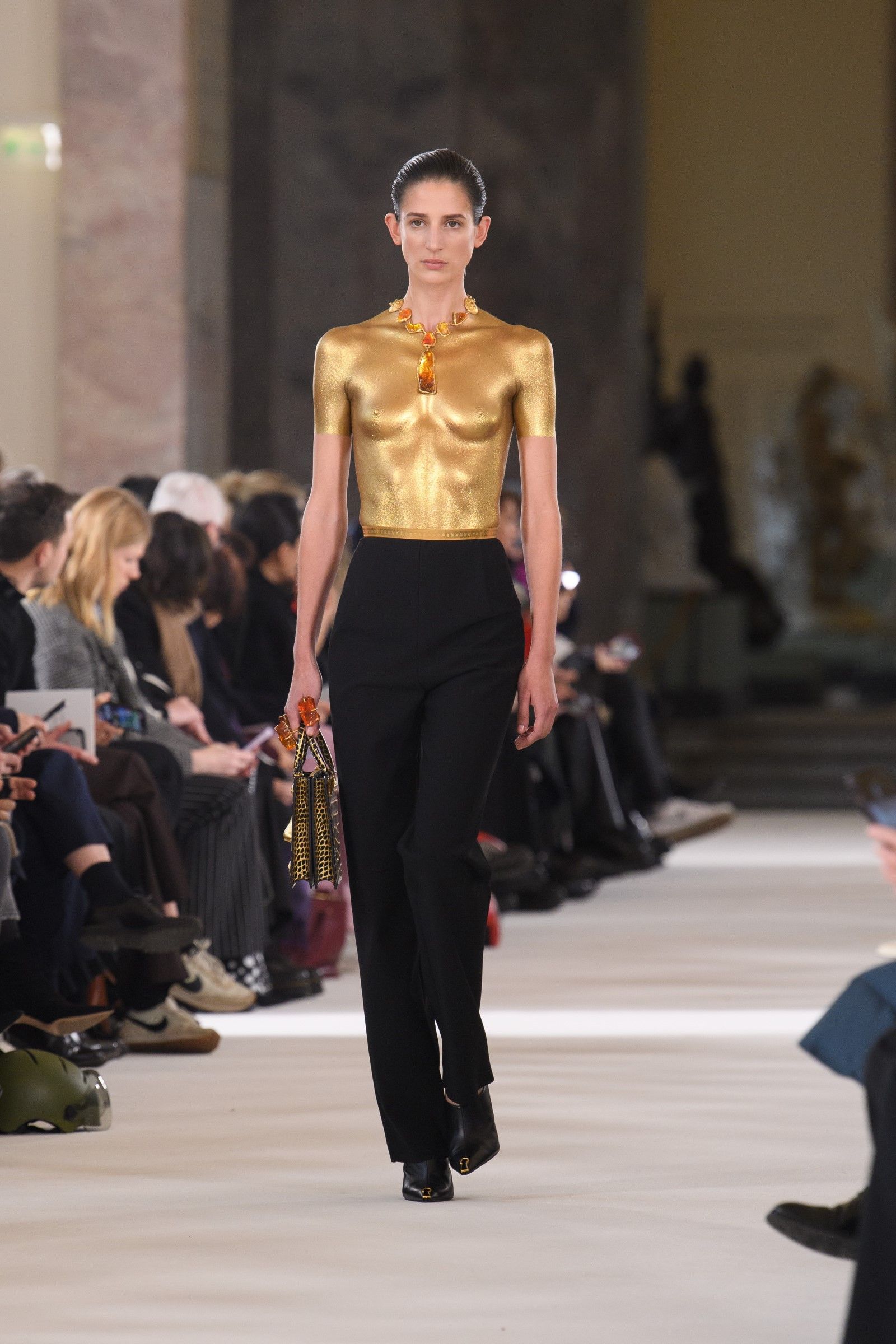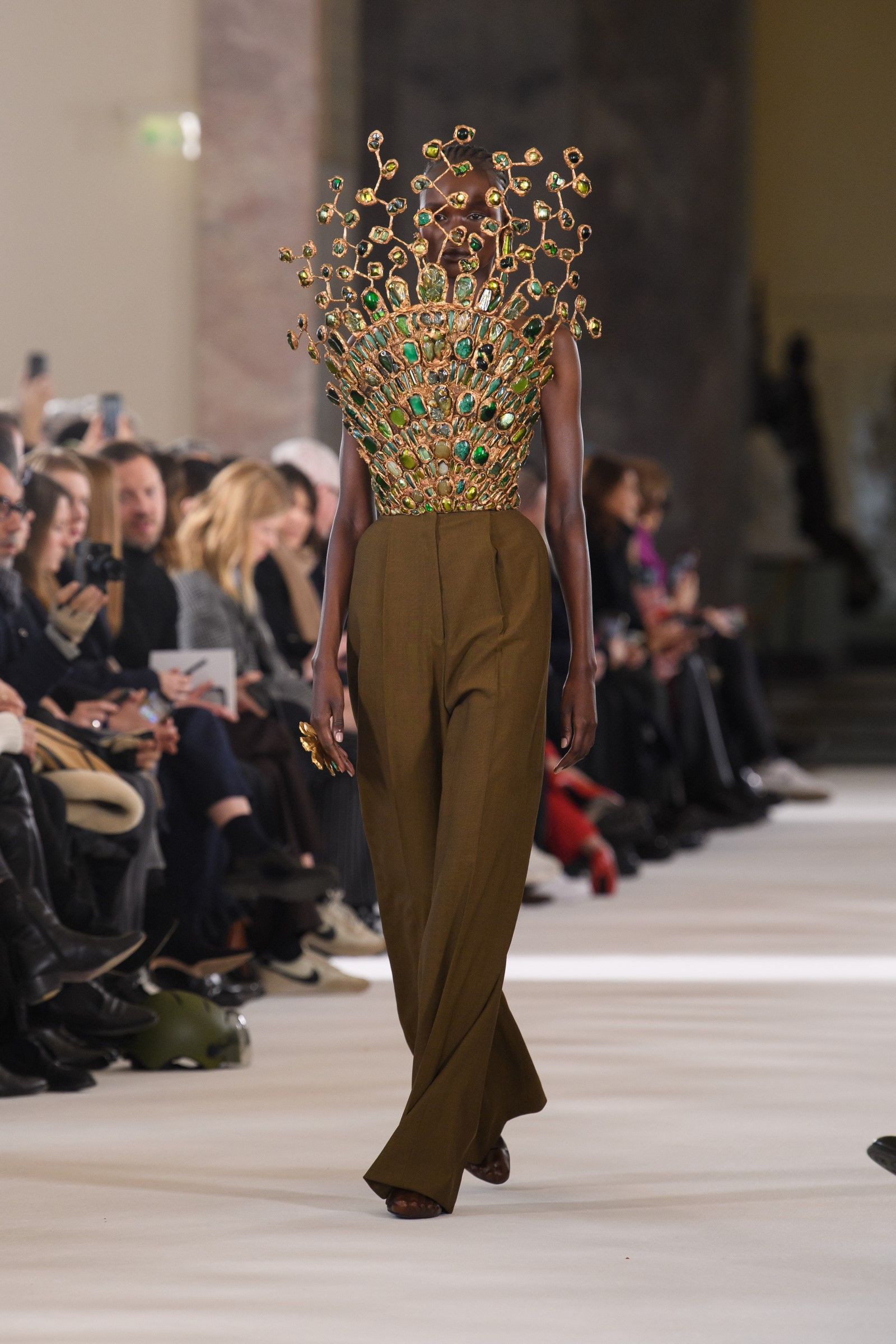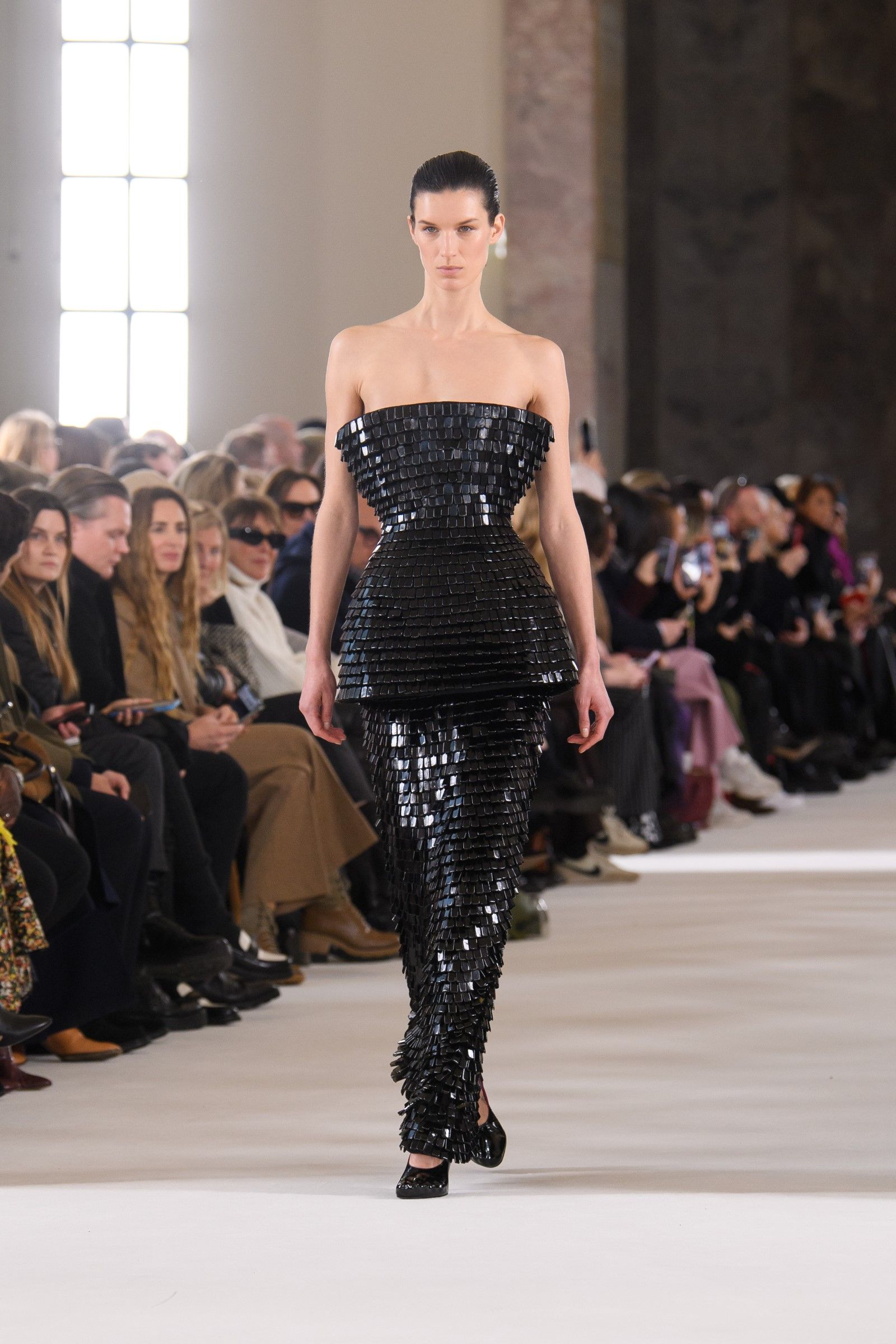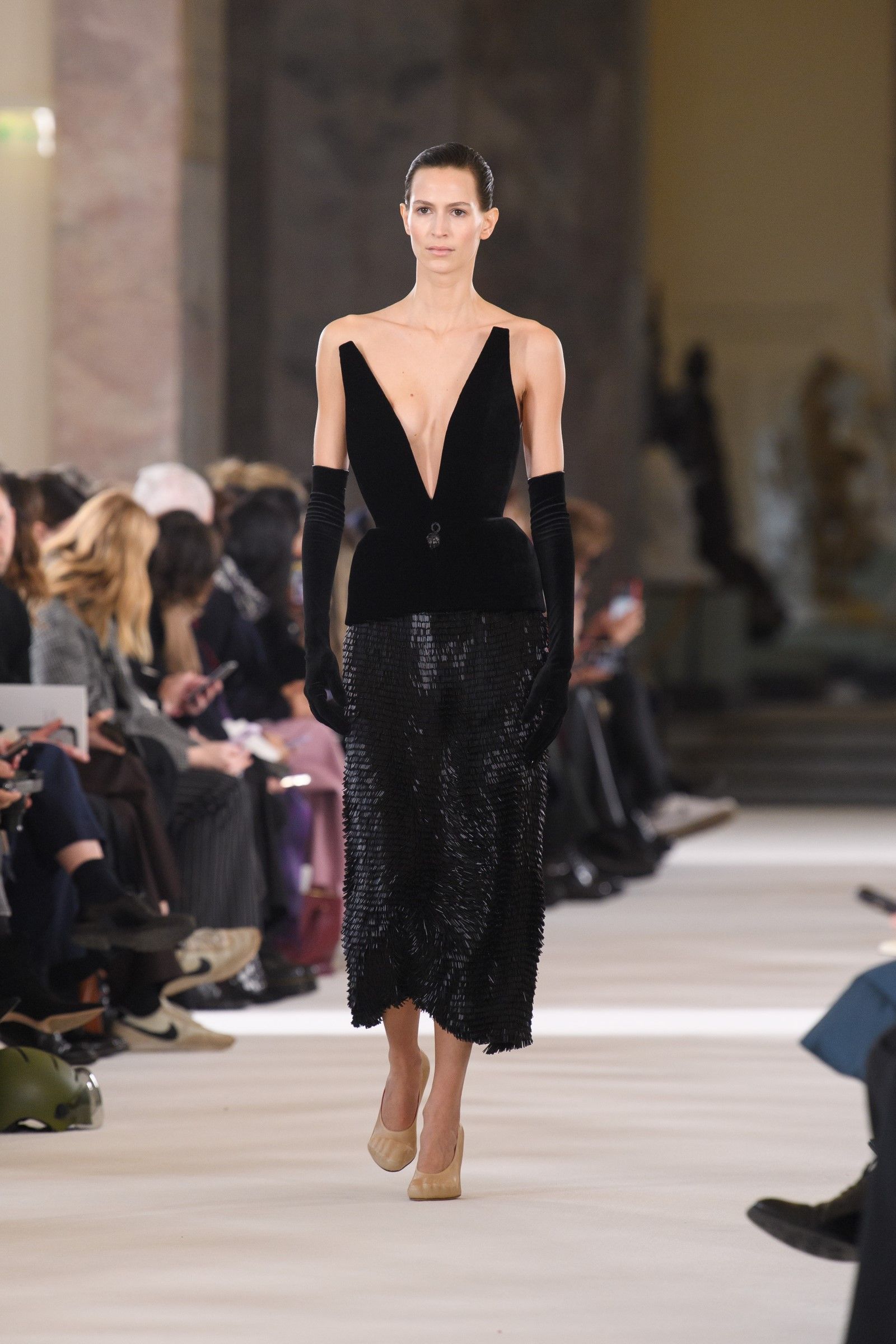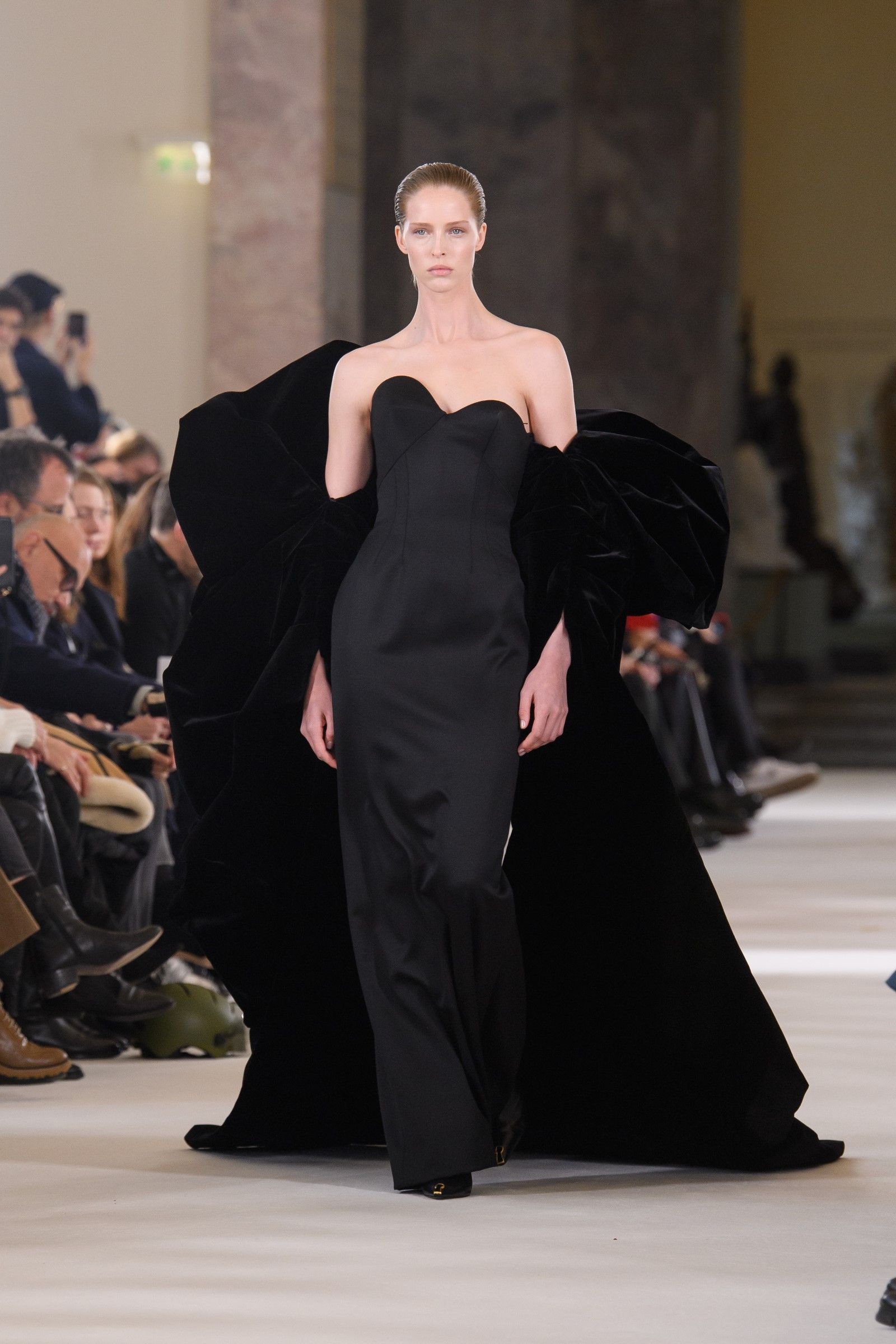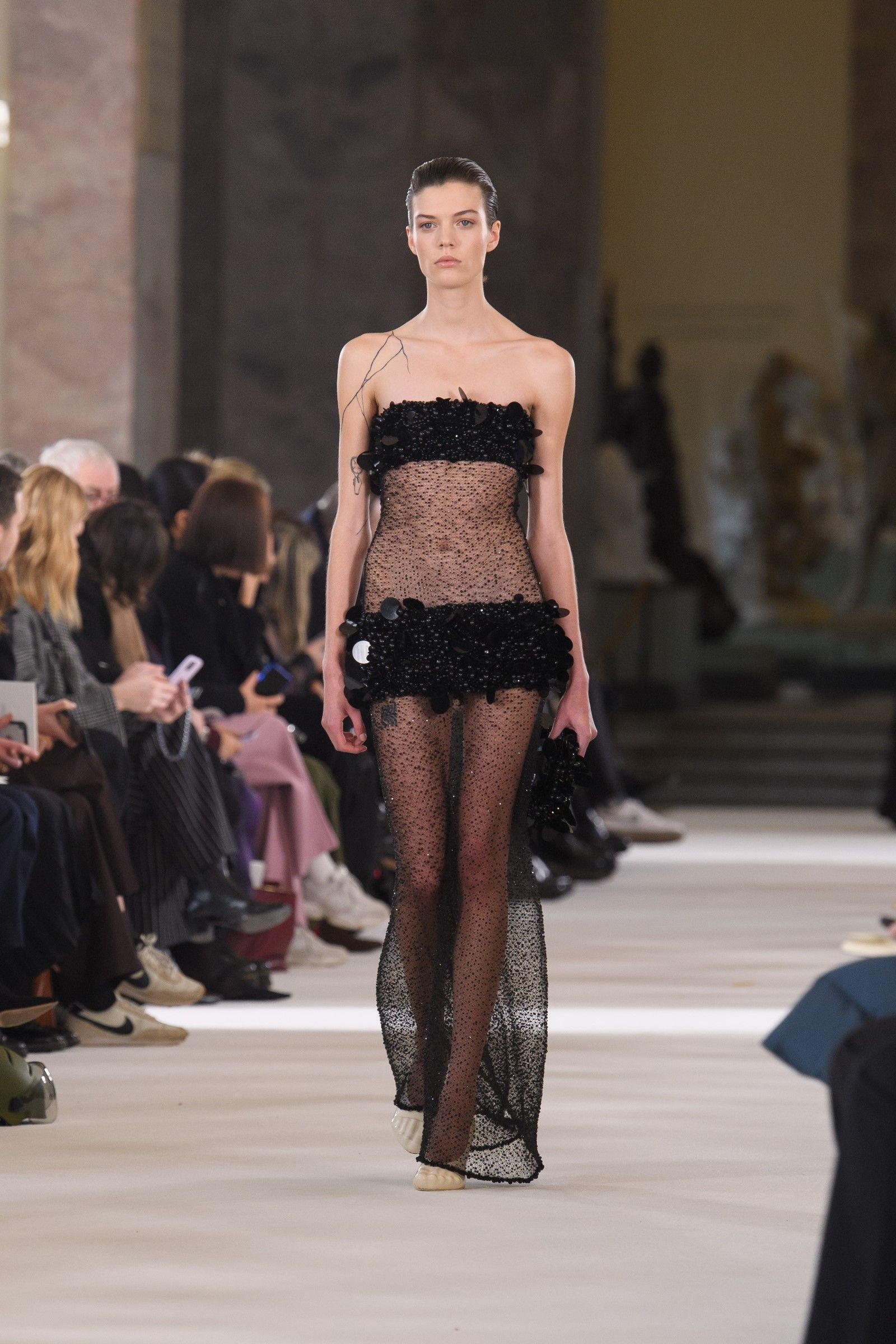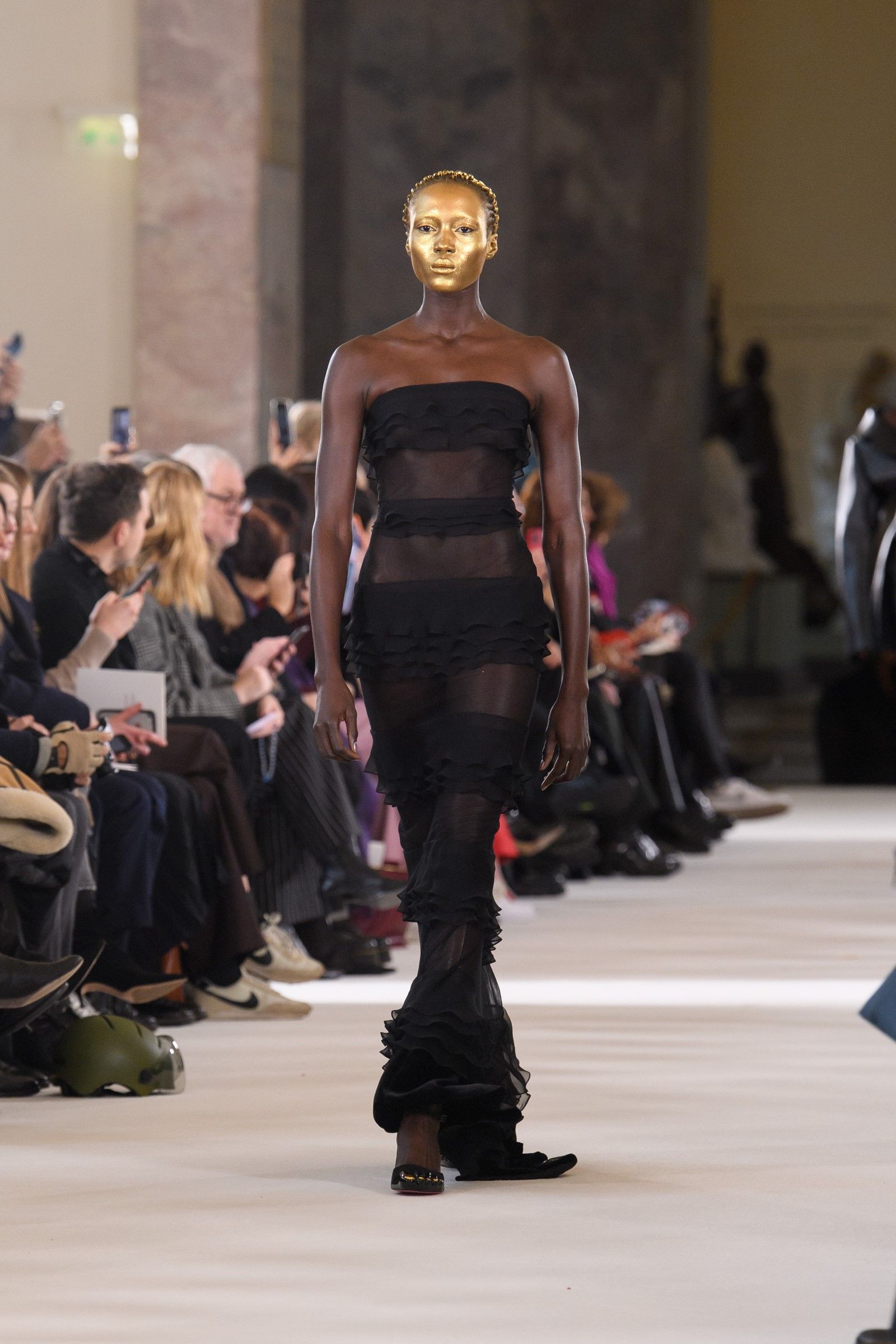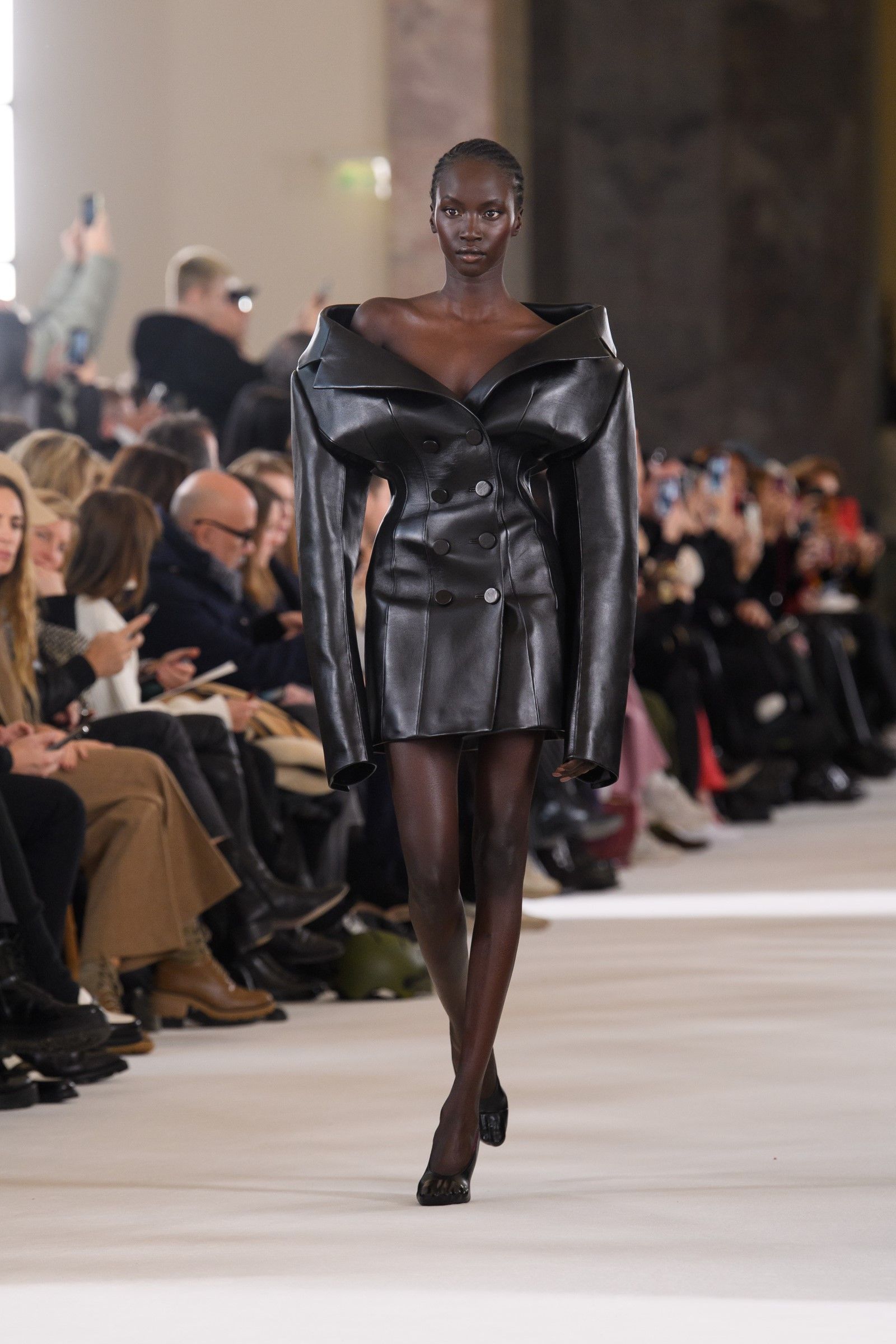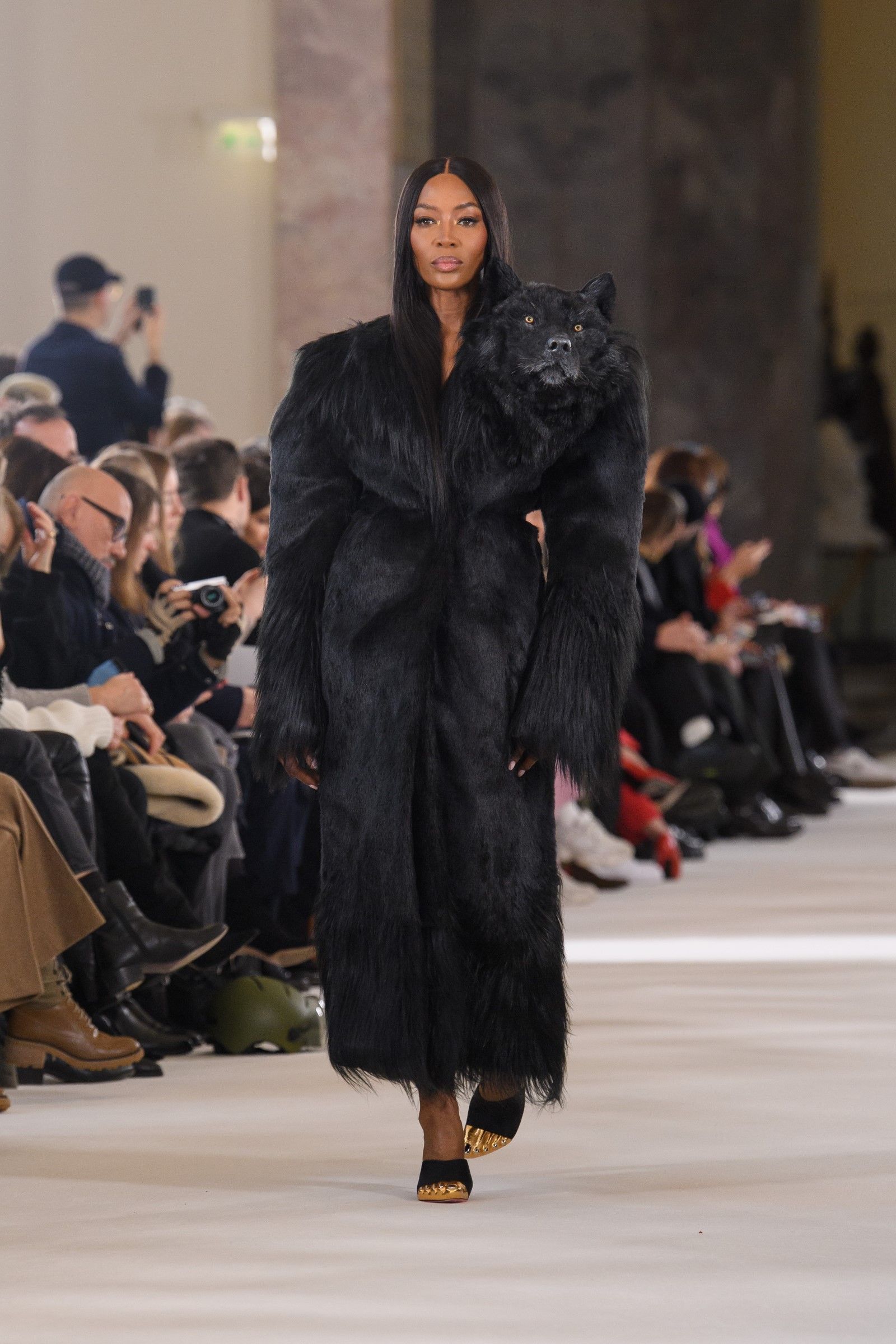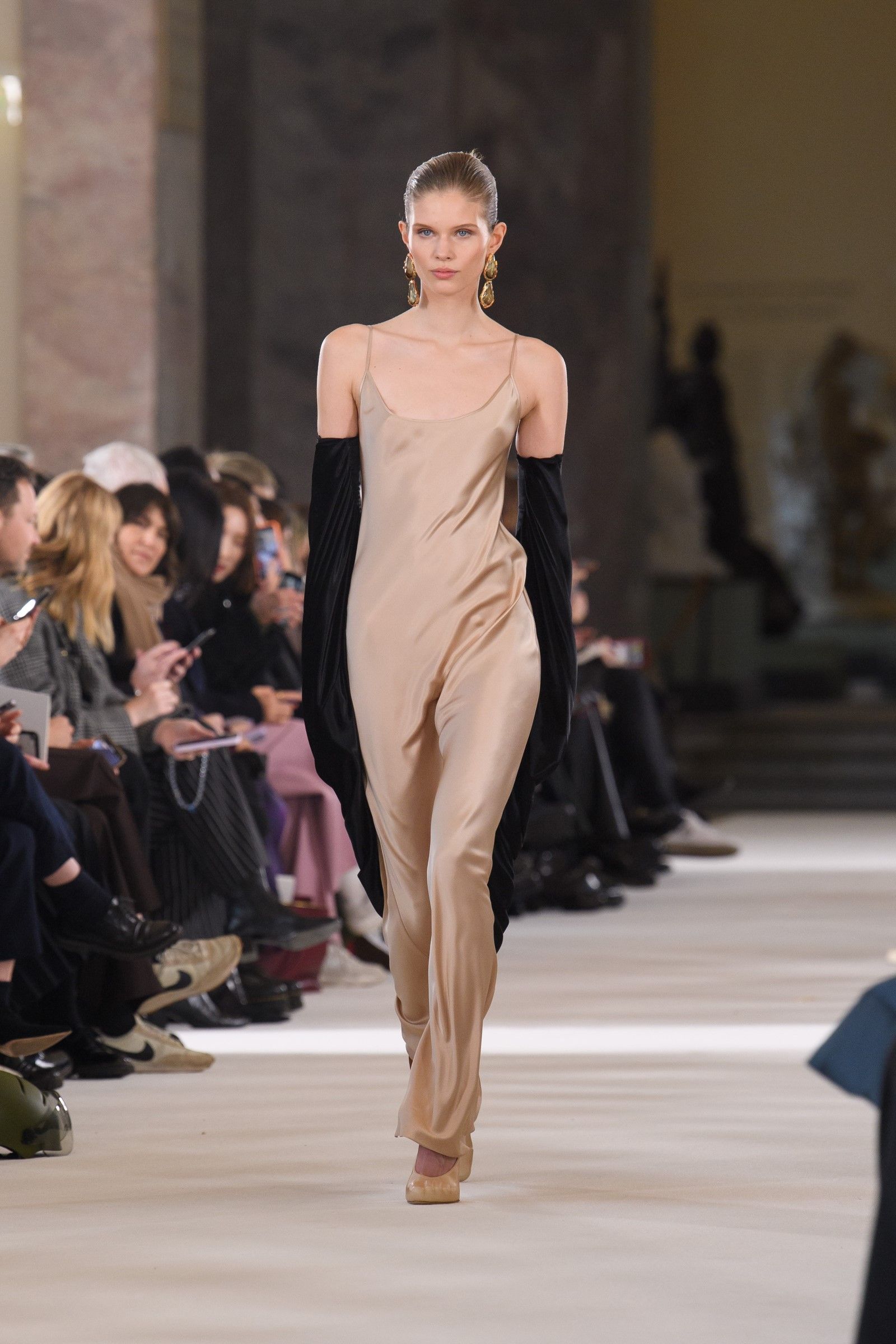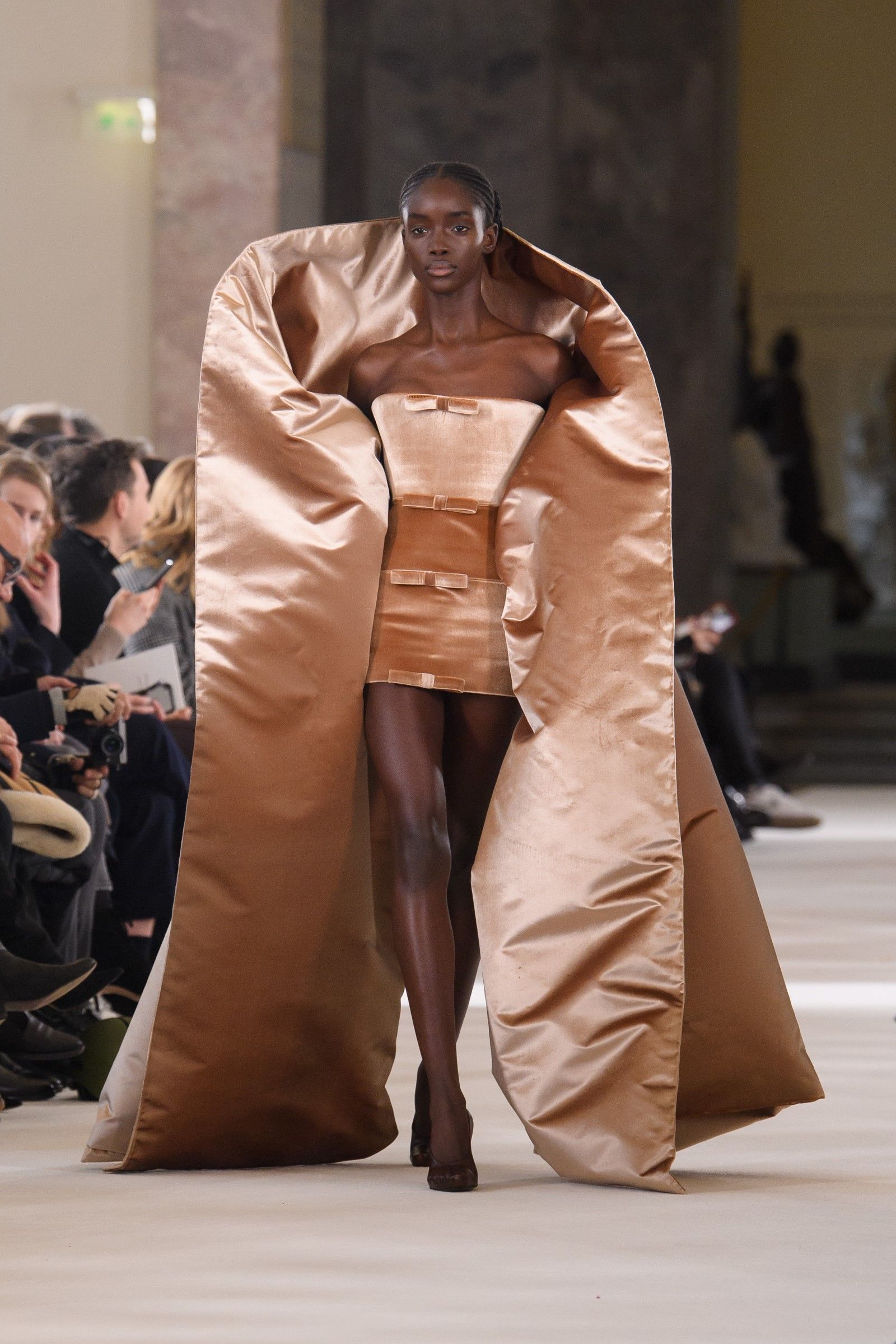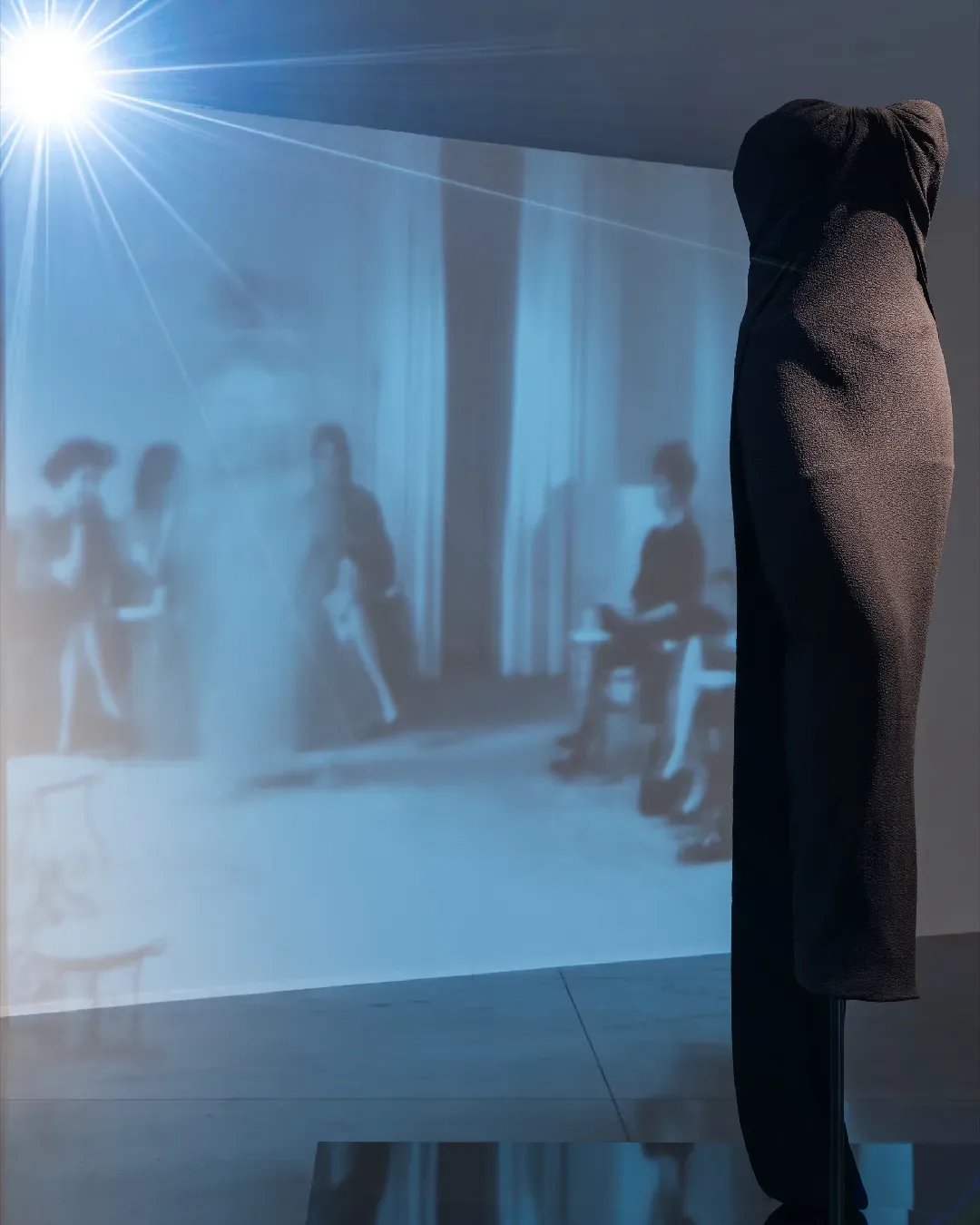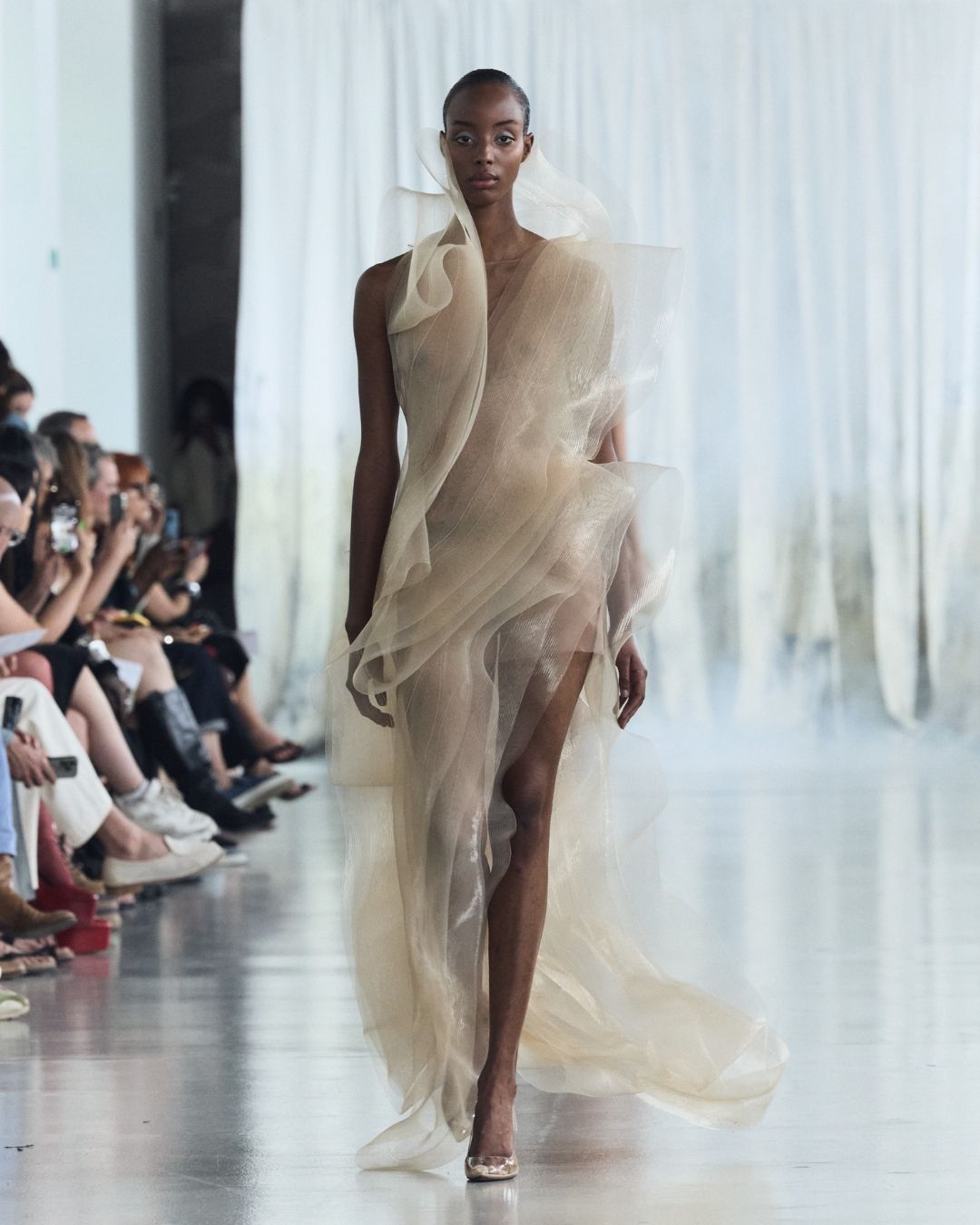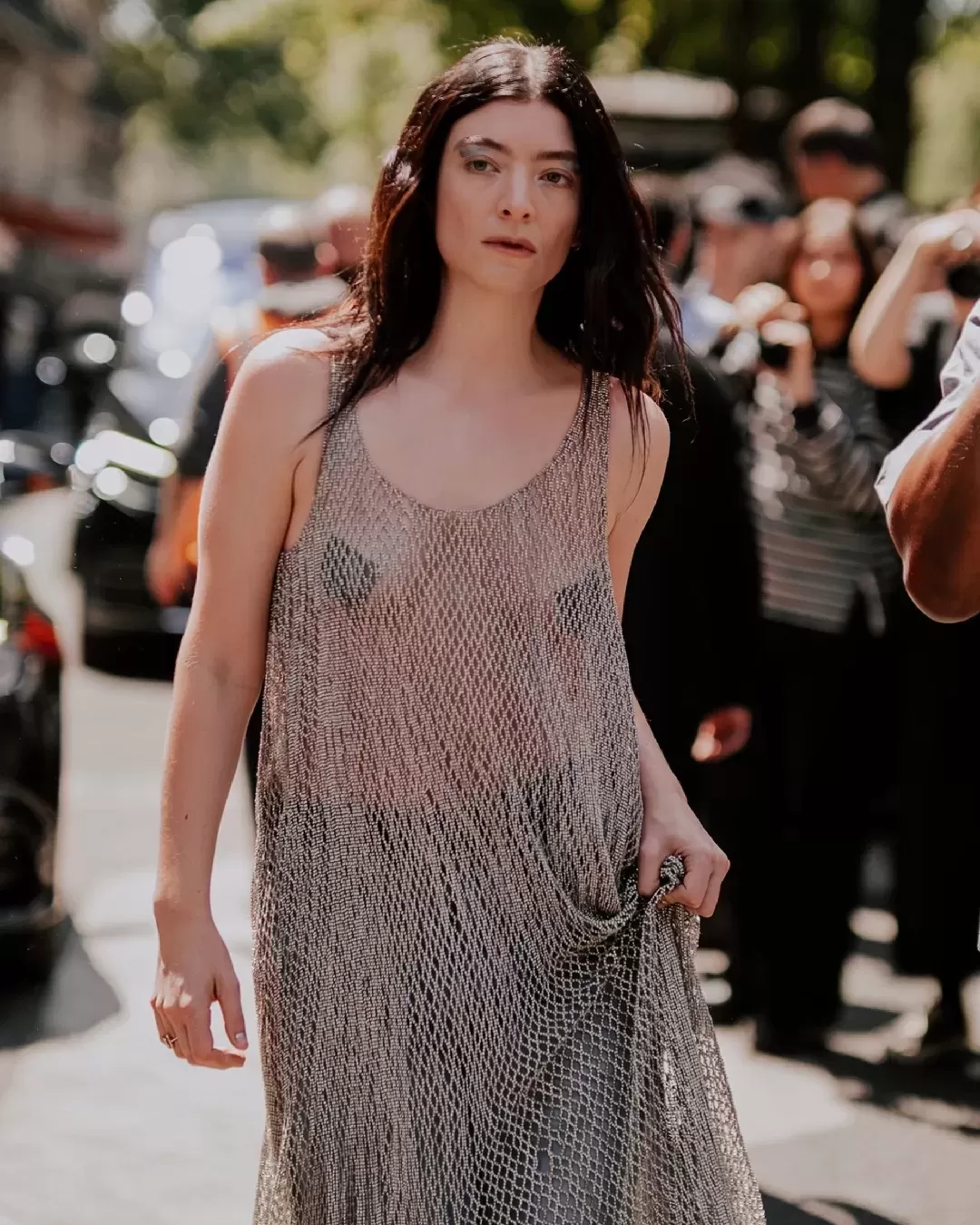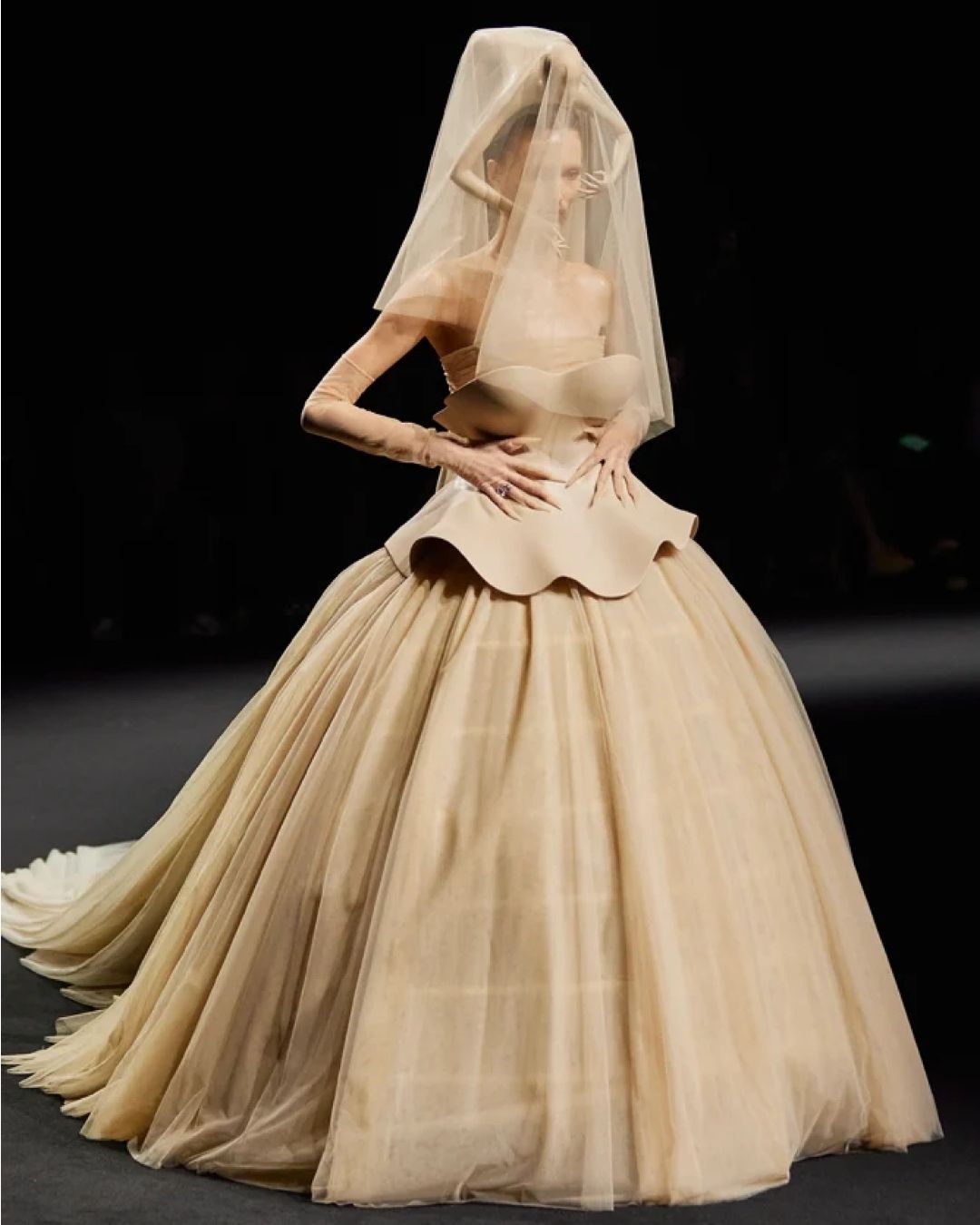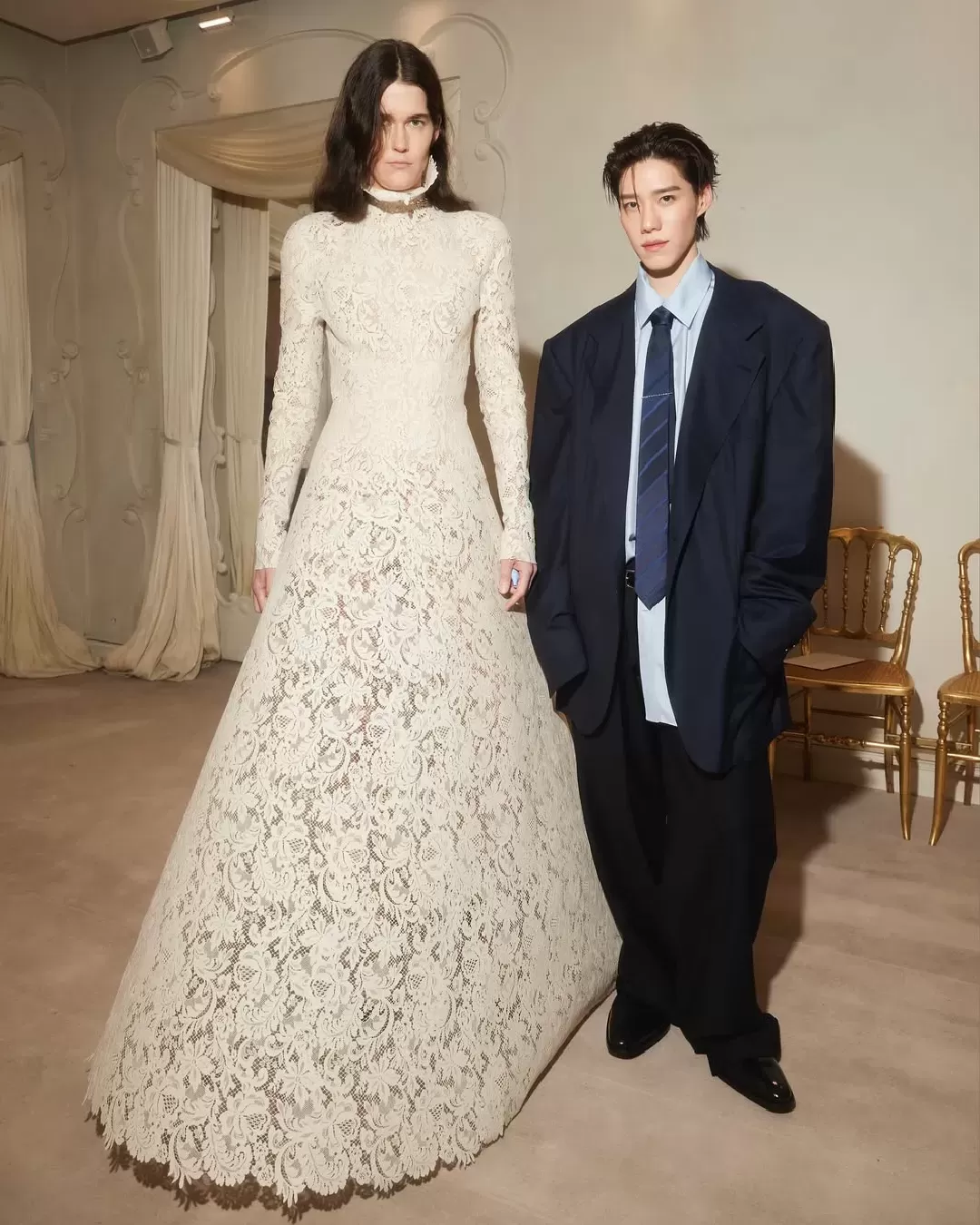
How Schiapparelli quoted Dante's "The Divine Comedy." Time to dust off the old literature texts?
«Then lo, not far from where the ascent began, / a Leopard which, exceeding light and swift, / was covered over with a spotted hide / […] / but not so, that I should not fear the sight, / which next appeared before me, of a Lion, / […] / and of a she-Wolf, which with every lust / seemed in her leanness laden», so Dante in the first canto of his Inferno describes his encounter with three beasts symbolic of lust, pride, and greed, respectively- at least according to the most canonical interpretations. And although doubts still exist today as to what the Supreme Poet meant by the italian "lonza," probably a feline of some kind, or a lynx, or a leopard (which is also the animal the translator identified the "lonza" with), or a panther, the three animals are one of the most iconic trio in the history of medieval literature. It was precisely to the three of them that Daniel Roseberry referred, who for his Haute Couture collection for Schiapparelli created faithful reproductions of the heads of the three animals to create entire outfits - sparking outrage from all those activists on social media who are really convinced that the brand killed real animals to create the looks, so much so that we wonder what their reaction was to seeing human heads on the Gucci runway a few years ago.
Actually, the deeper meaning of Dante's allegory seems to have been completely missed by Schiapparelli's brilliant designer, who wrote in an Instagram post that the looks are «celebrating the glory of nature and guarding the woman who wears it», much to the chagrin of medievalists and Dante scholars who by this time will already be attached to the oxygen tank. In the letter addressed to the press, on the other hand, the context was more detailed, and it is understood that the images of the three animals were related more to the incipit of the Divine Comedy, with the poet getting lost in the dark forest seen as a metaphor for the creative facing the void that precedes creation, than in the original sense of man getting lost among vices without being able to discern the path of moral good. Always the "dark forest" is a representation of the unexplored creative terrain «where everything is scary but new, where I would be guided to a place I didn't know and didn't understand». A metaphor for talking about how innovative techniques were employed throughout the collection, which the show notes themselves describe: «the sequins quivering on some dresses are actually made from sheet metal plates covered in leather, the ultra-worked skirt is not decorated in fabric but covered in wooden beads. The iridescent shimmer of the velvet column dresses is actually hand-painted with a pigment that changes color depending on perspective, like the wings of a butterfly. In addition, the plastrons have been carved in strips of undulating mother-of-pearl with an inlay of lemon trees».
Again reconfirming the connection with Dante (even the collection was titled Inferno), the show notes mention the following «three looks for each of the nine circles of hell» - which is suggestive but provides perhaps incorrect math since there were 32 looks in the collection, which is 11 more than there should have been if there were three per hell circle. But these are subtleties. Against a collection that is, as always, spectacular, Roseberry draws a somewhat forced but ultimately poetic Dantean metaphor: «there is no heaven without hell, no joy without pain, no ecstasy of creation without the torture of doubt. [...] No ascension to heaven is possible without a journey into fire, along with the fear that comes with it». No less, bringing up such a huge monument of literature as Dante is a bit more than audacious («This arrogance of theirs is nothing new», a disenchanted Dante wrote in the eighth canto) especially if then the individual looks in the collection are not so closely related to the themes of the actual literary work referred to. However, we are talking about a Haute Couture collection and not its paratexts - and there, overt creative hesitations aside, Roseberry remains the great master we know and his Couture remains perhaps the best seen in Paris these days.










































